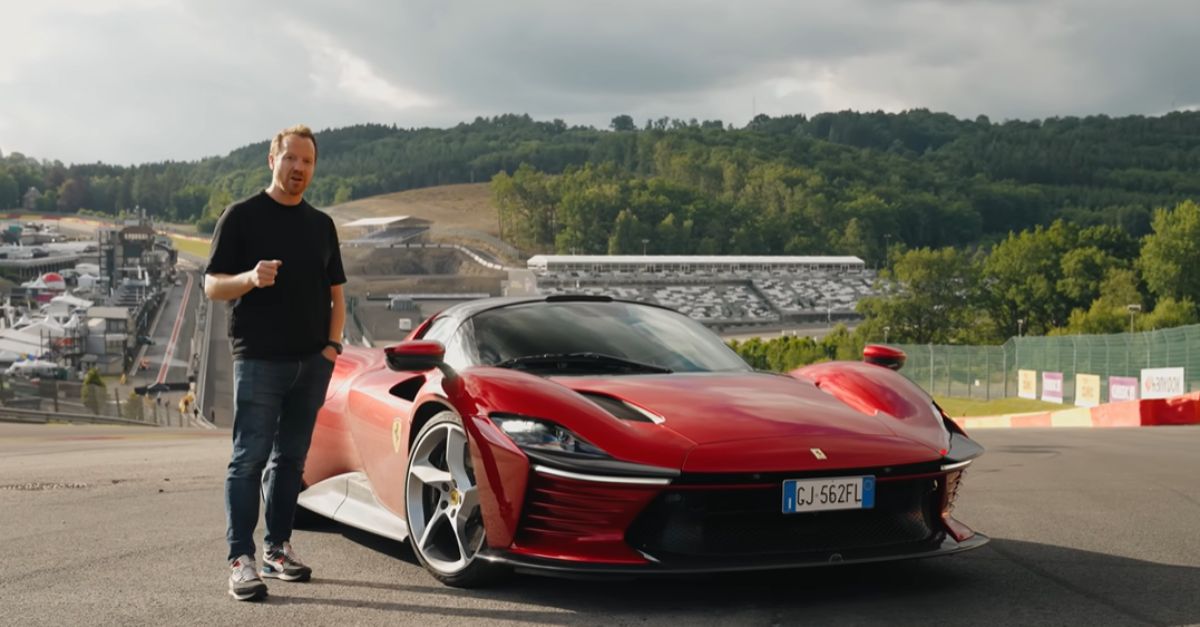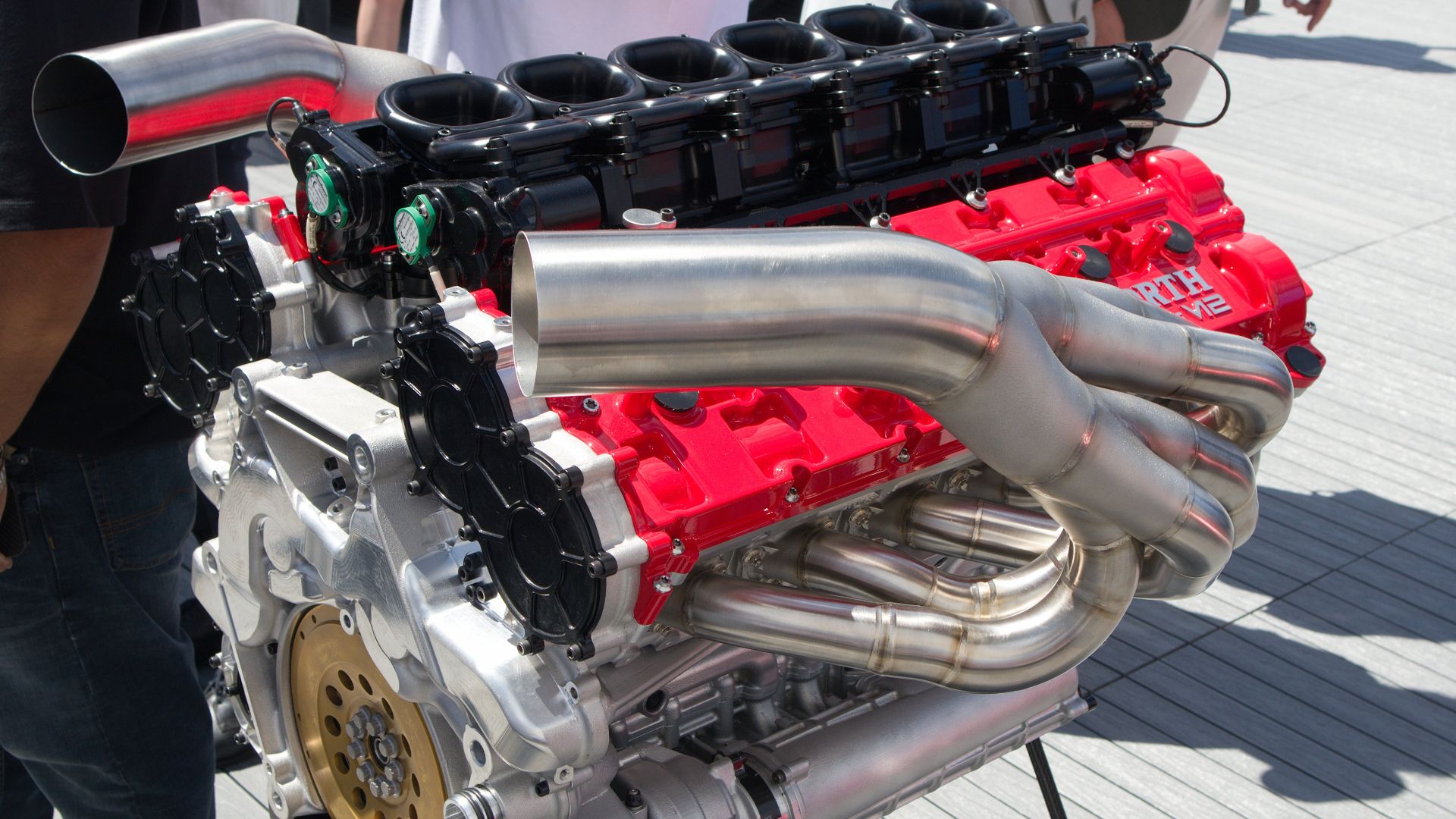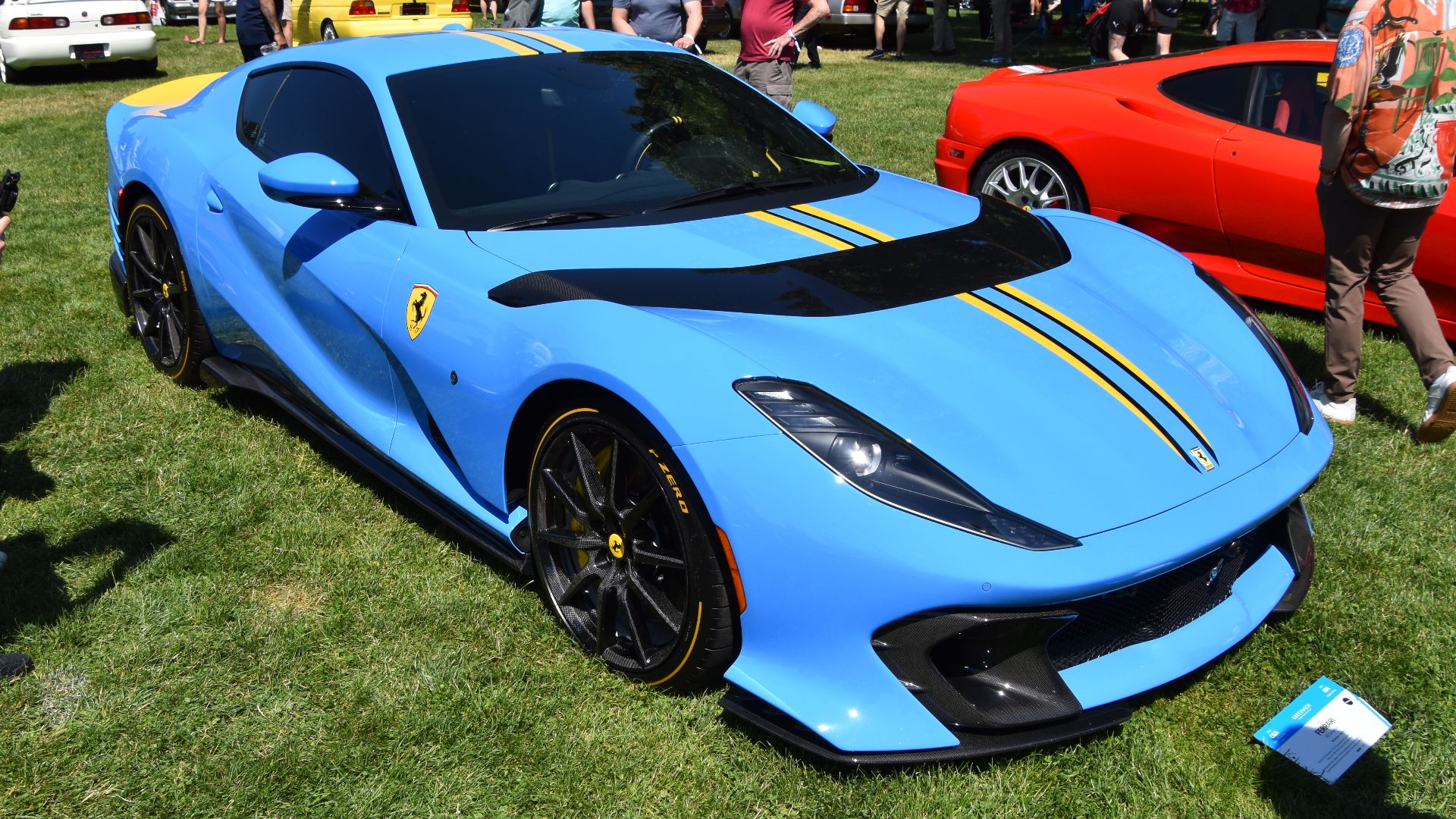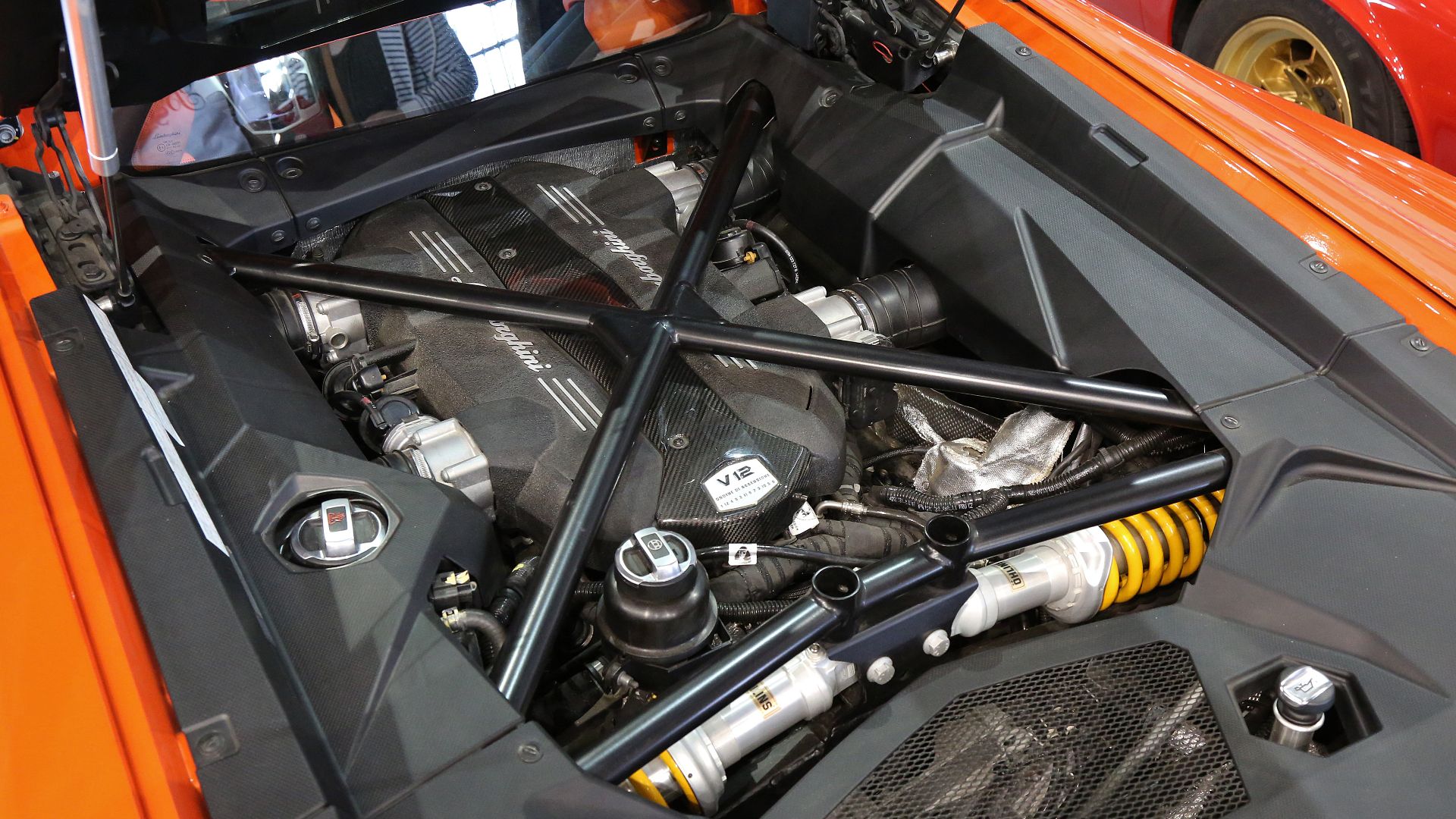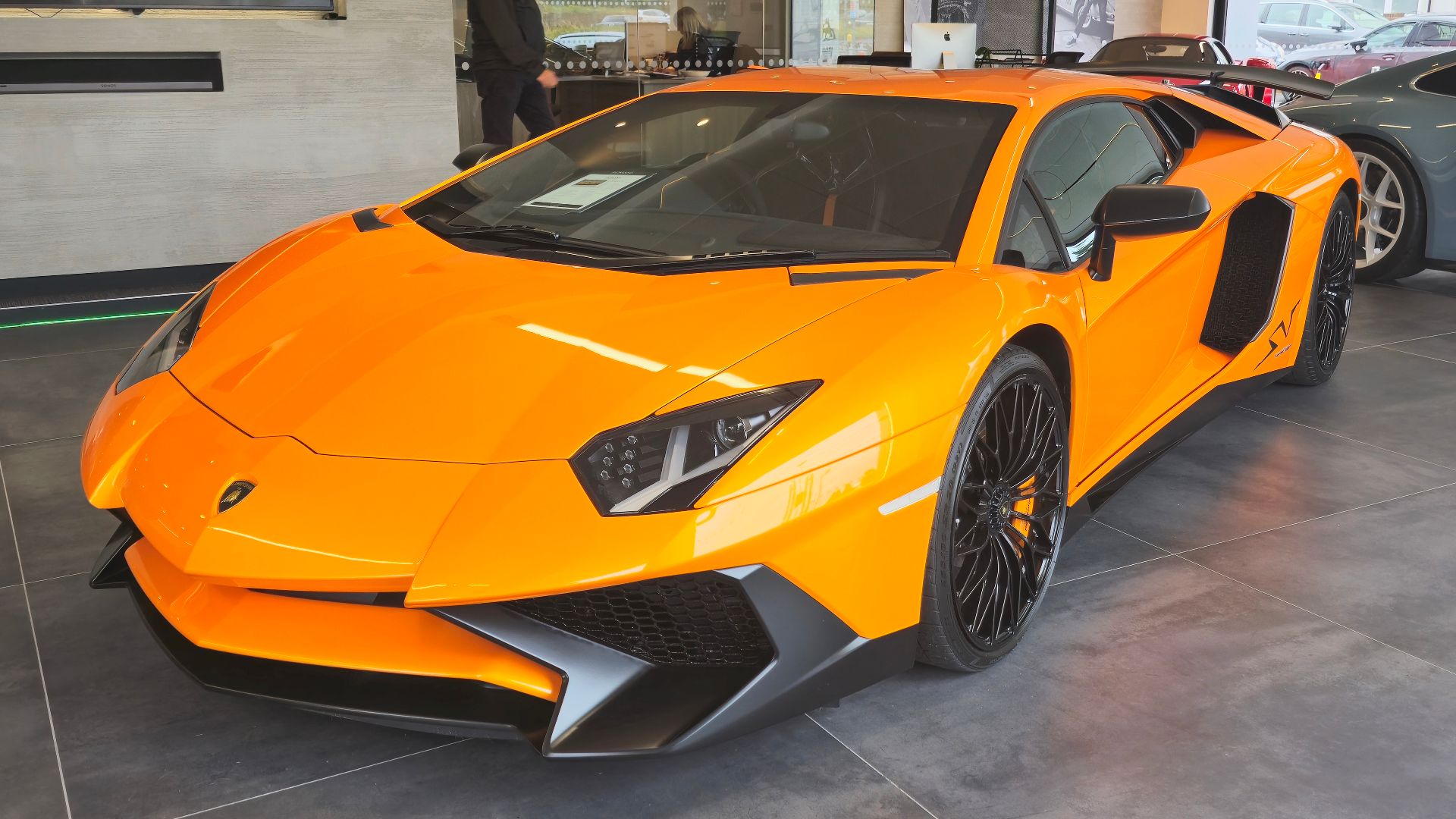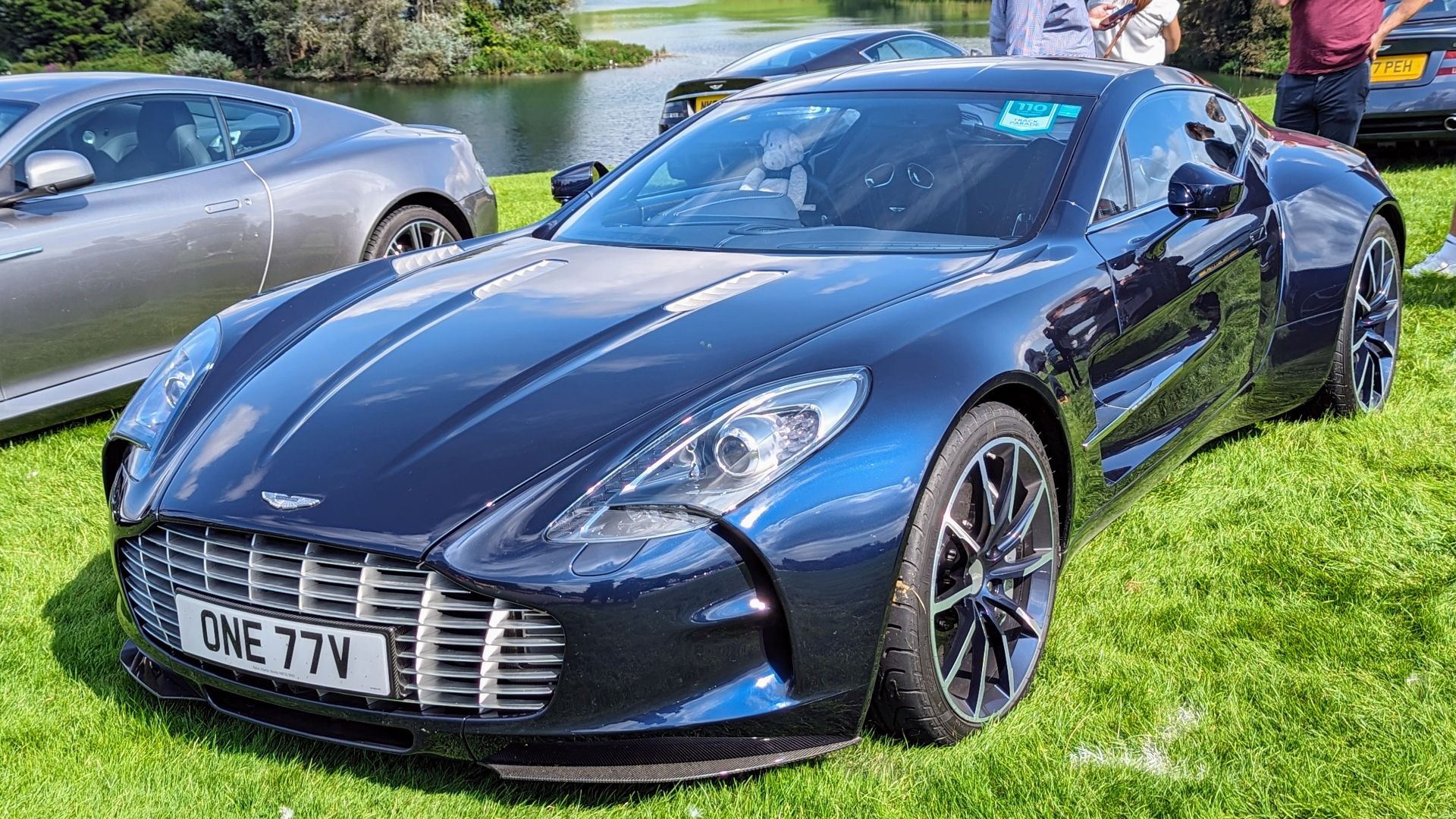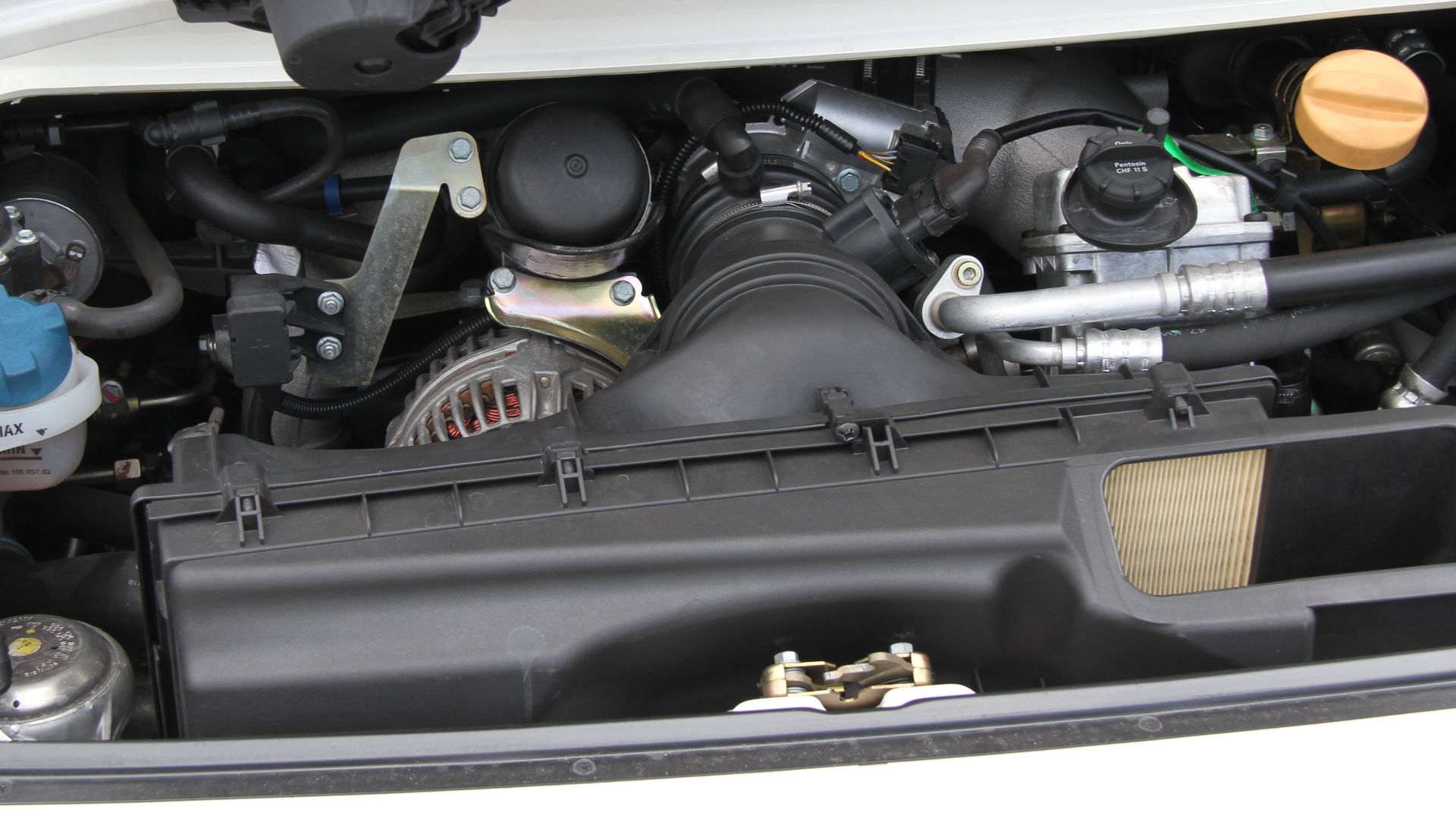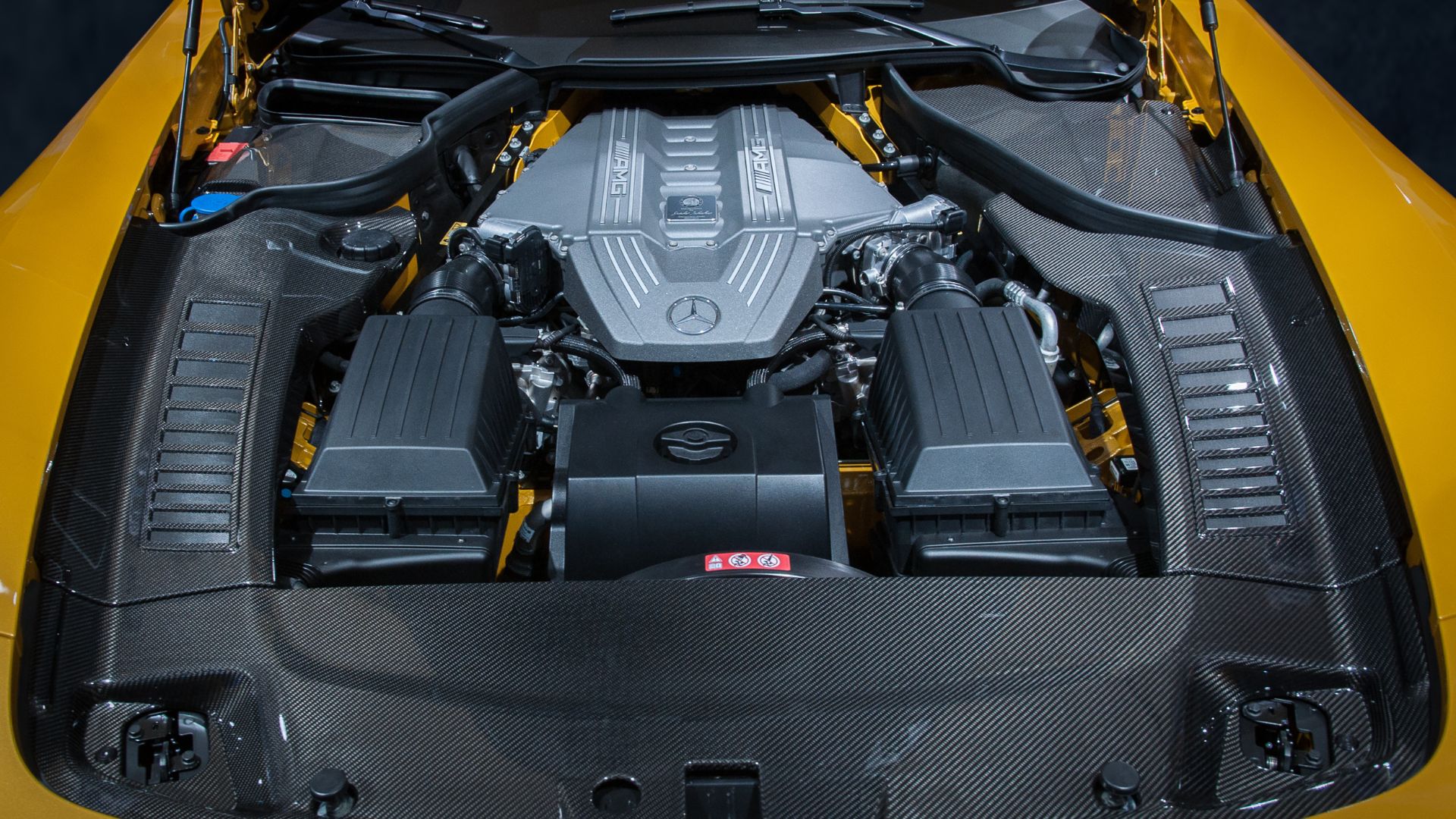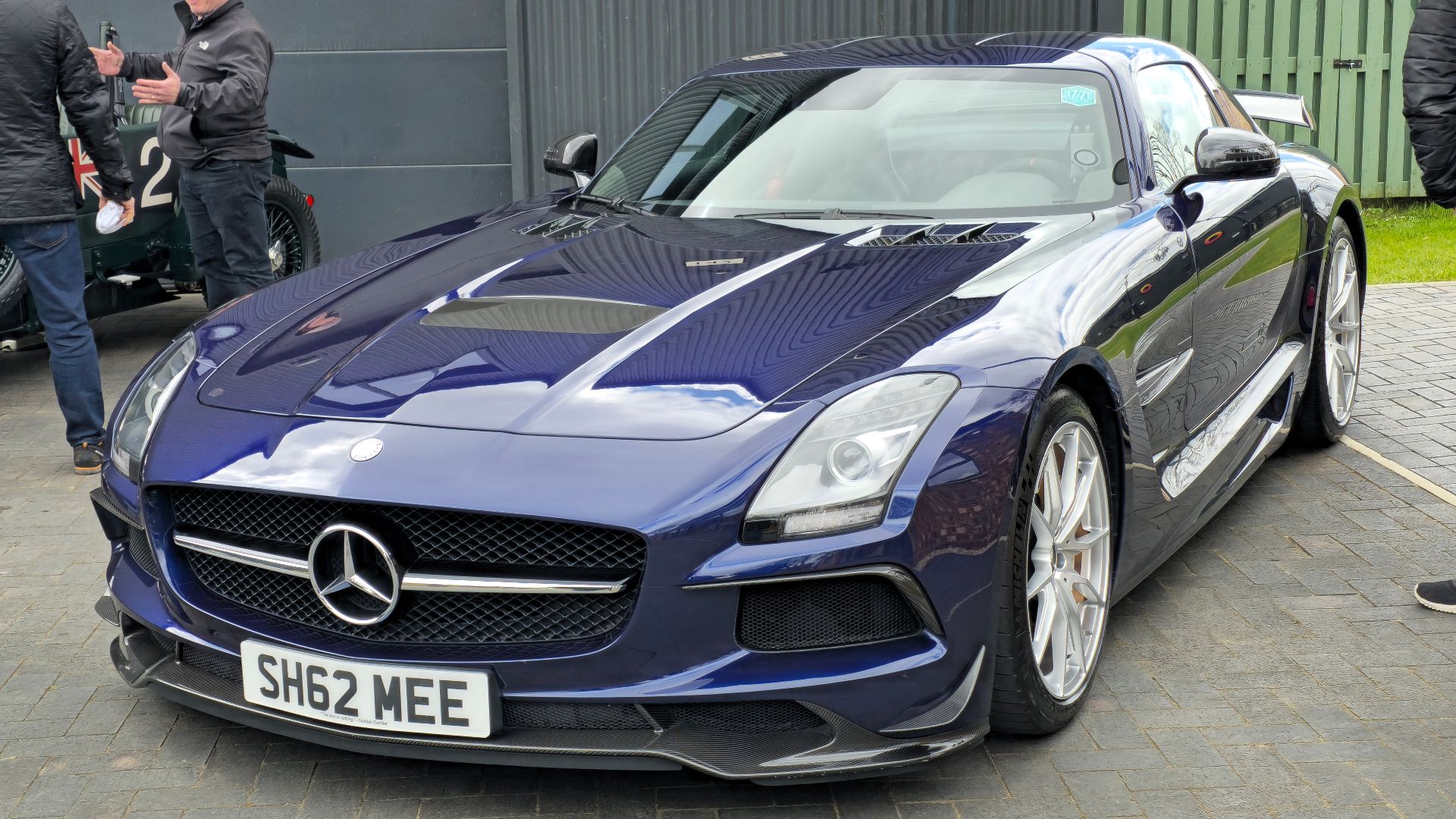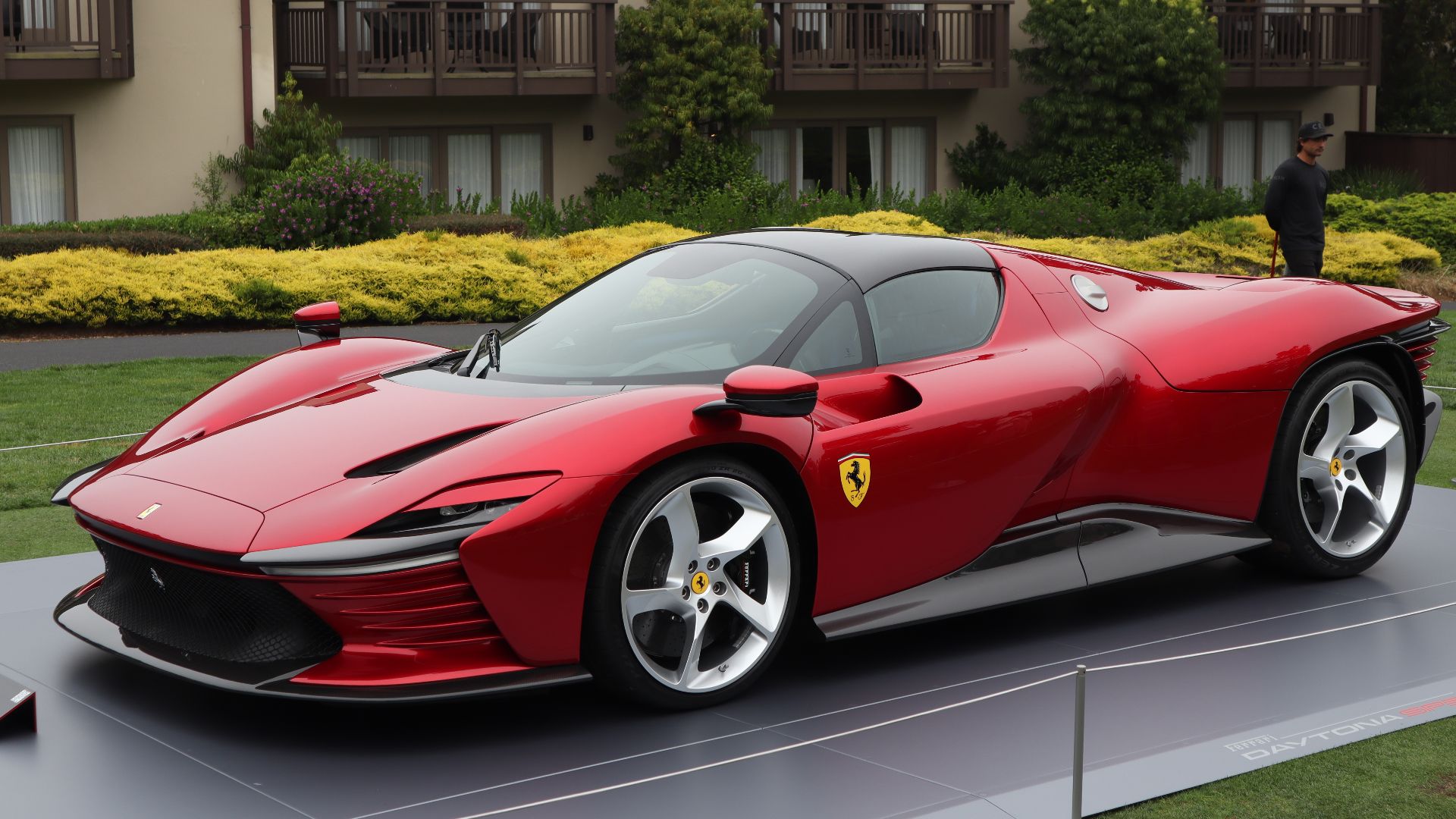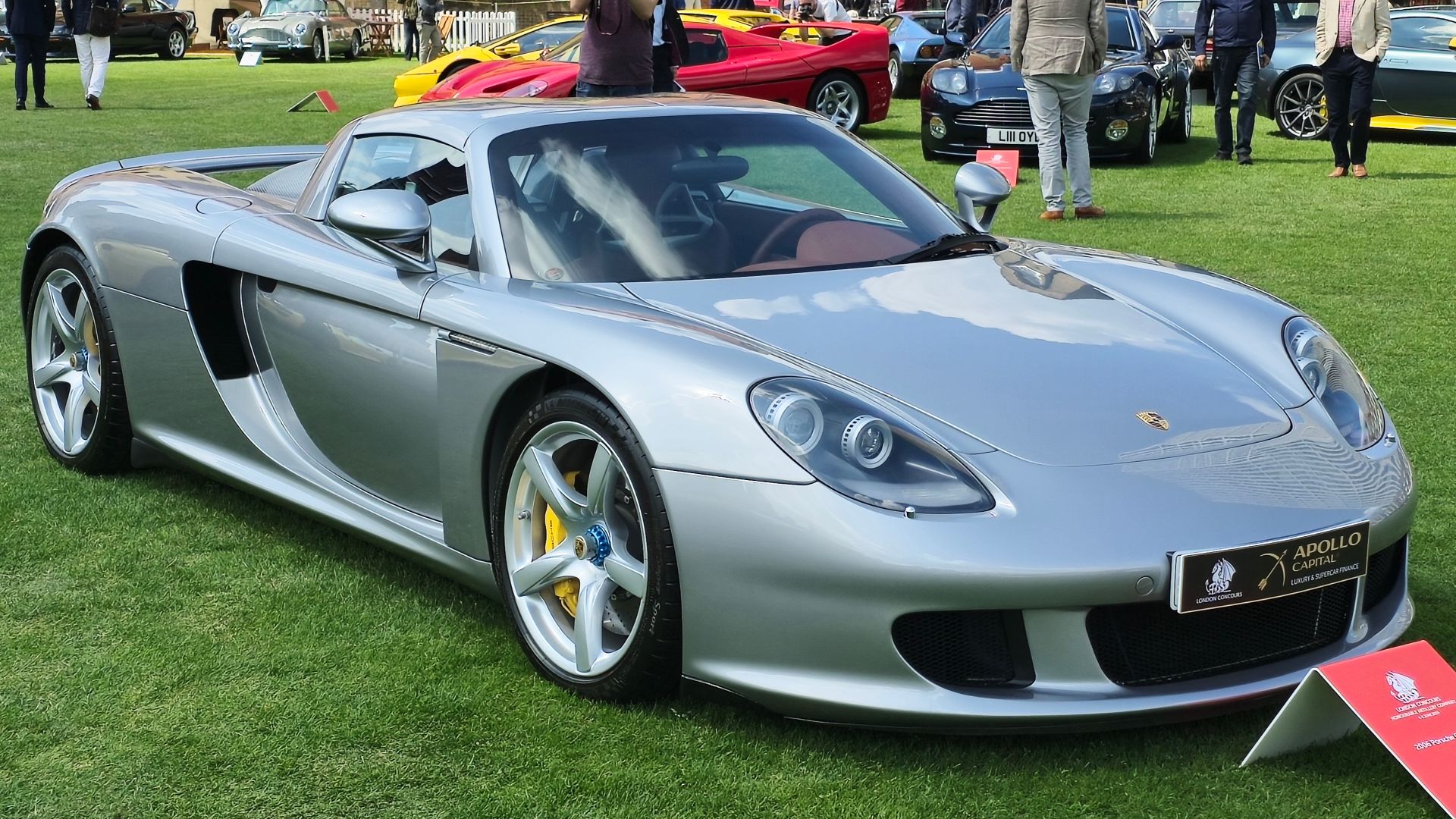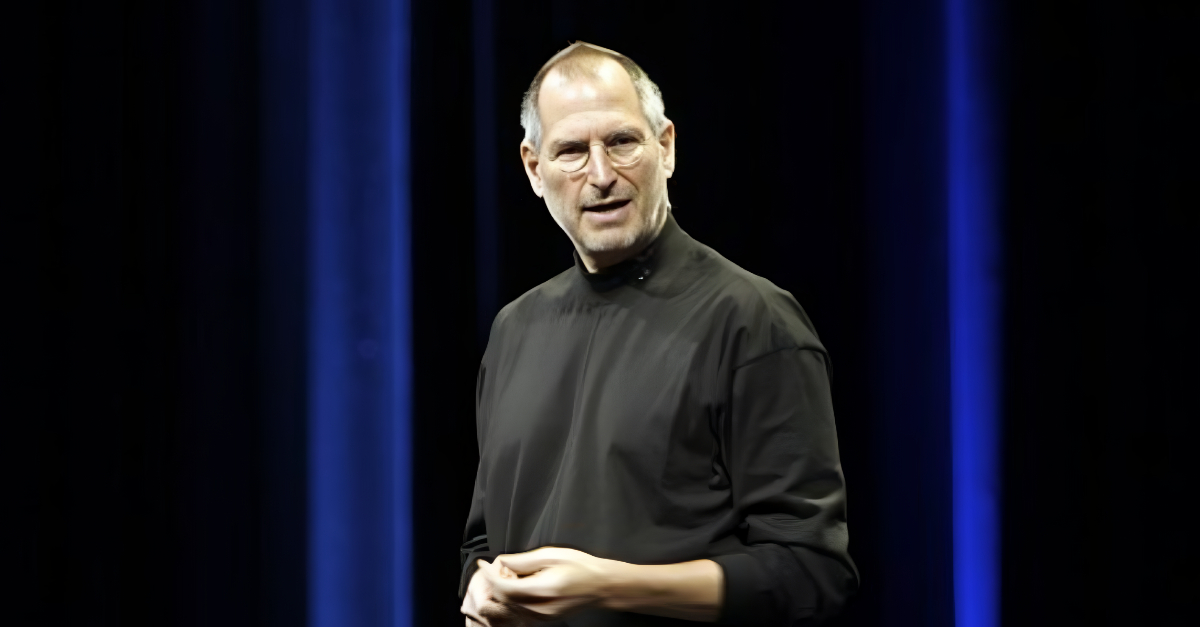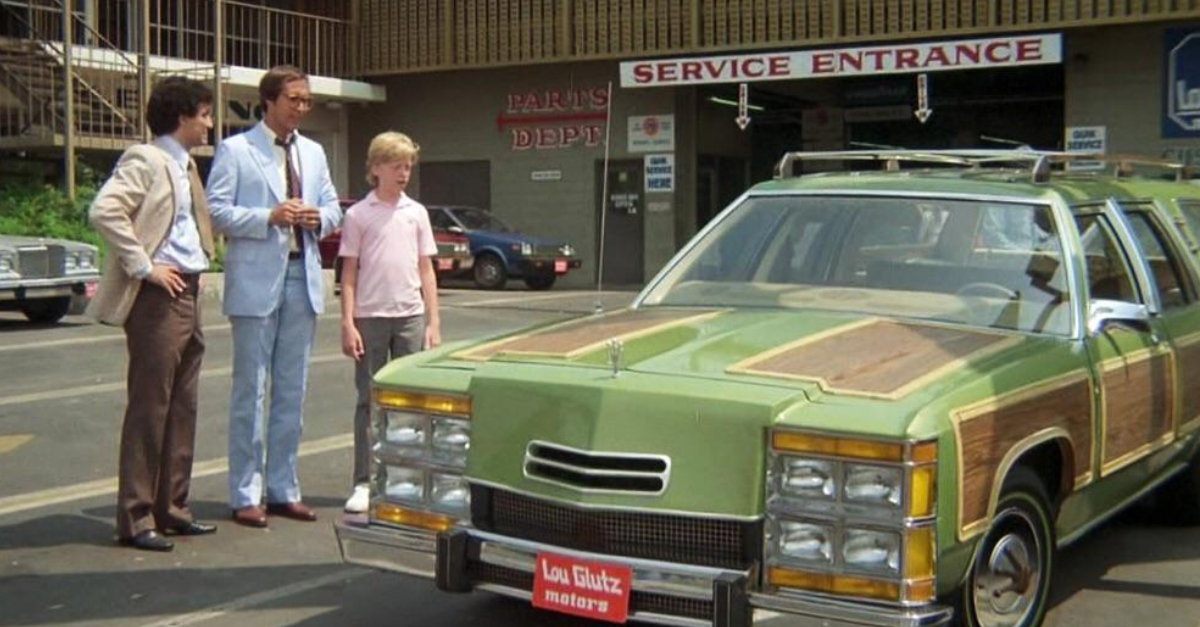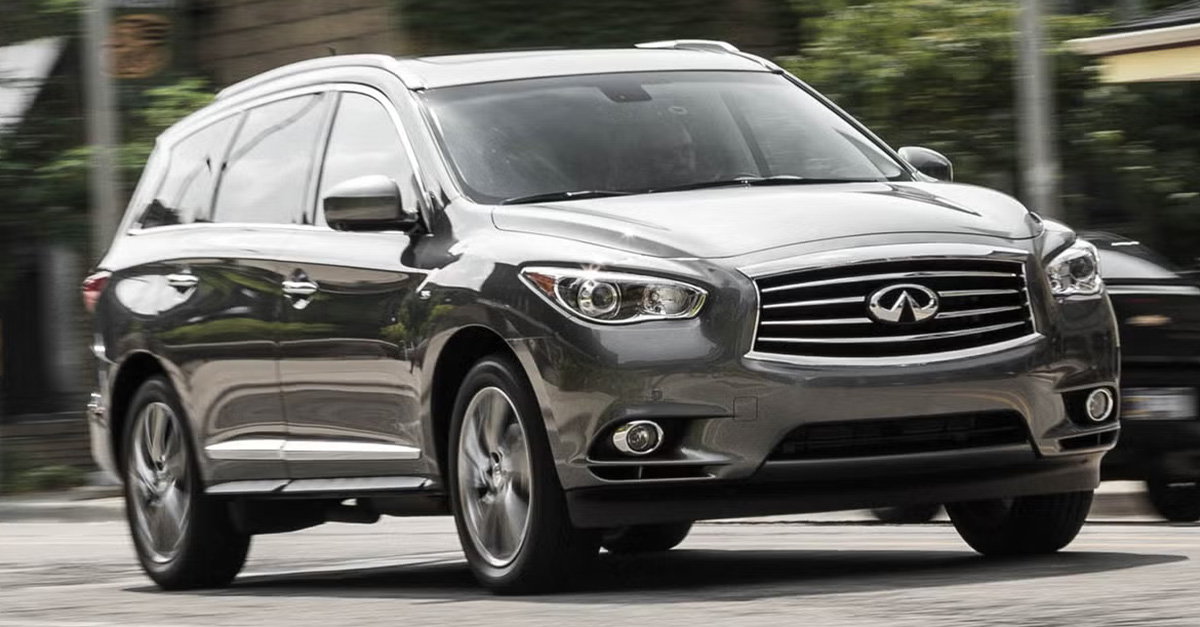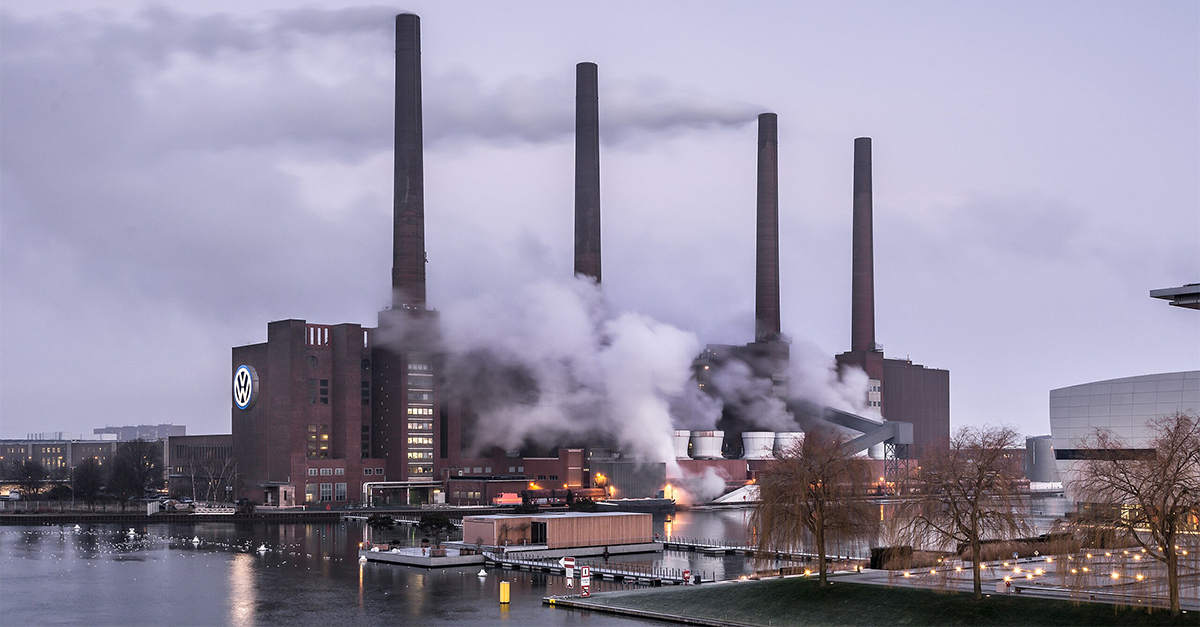High-Reving Heroes
Power isn’t always about a forced boost. Some engines create magic by simply doing more with less. They roar and remind drivers why pure mechanical design can still feel alive on the road.
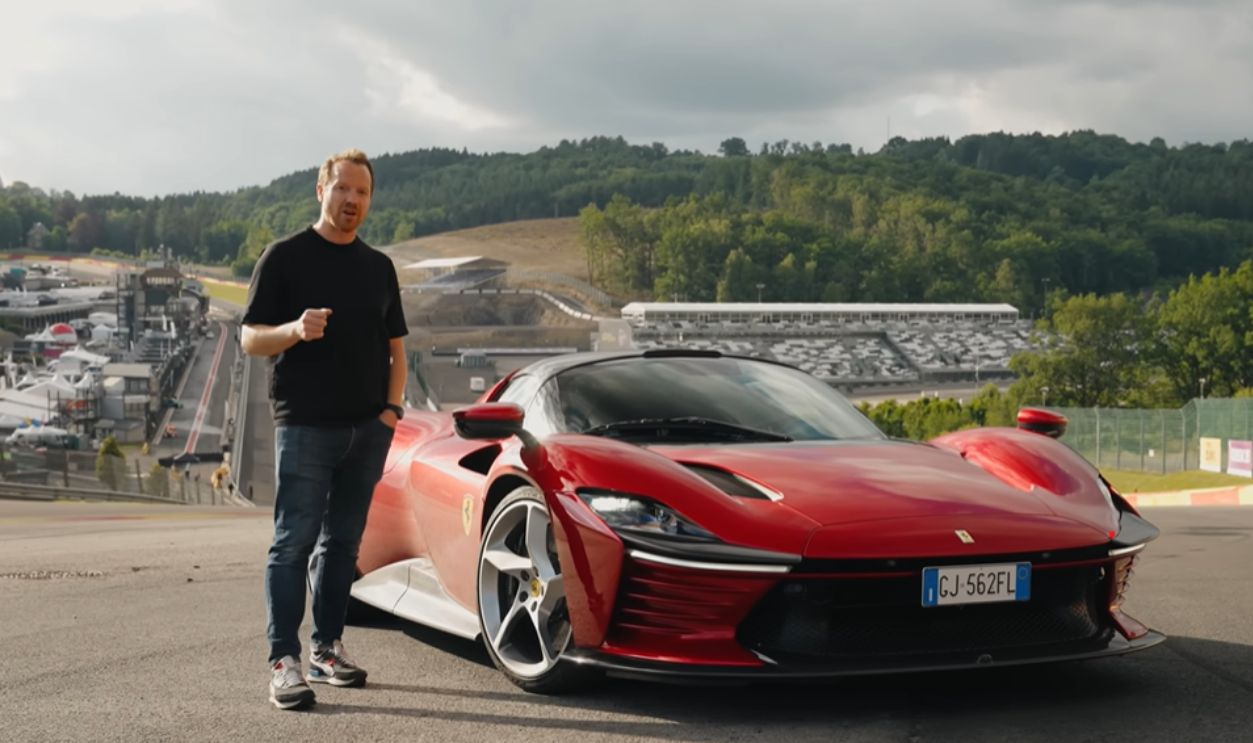
12. Cosworth V12
The crown jewel of naturally aspirated engineering sits in one of the most extreme hypercars ever created. Cosworth's 6.5-liter V12 masterpiece produces a staggering 1,000 horsepower without turbochargers or superchargers, making it the strongest naturally aspirated production engine ever built.
12. Cosworth V12 (Cont.)
This powerplant screams to an almost unbelievable 11,100 rpm redline, creating a Formula 1-like wail that transports drivers back to the golden age of motorsport. Starting with a solid steel bar for the crankshaft, Cosworth engineers spent six months machining away 80% of the original material.
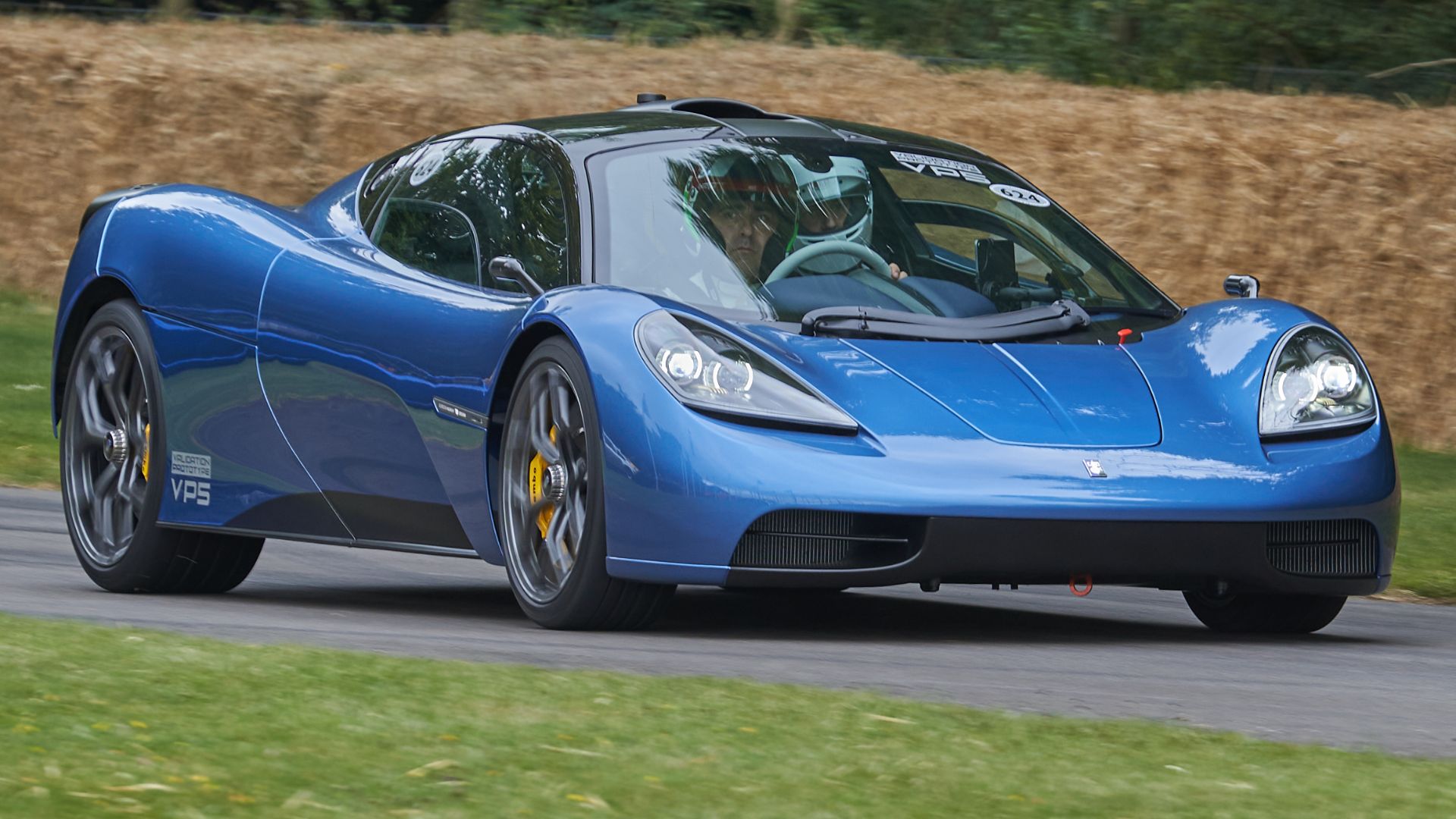 Andrew Basterfield, Wikimedia Commons
Andrew Basterfield, Wikimedia Commons
11. Ferrari 812 Competizione V12
Ferrari's V12 represents over 70 years of continuous development, tracing its lineage back to the very first Ferrari-branded car designed by Enzo himself. The 812 Competizione's 6.5-liter masterpiece produces 819 horsepower. This makes it the most powerful road-going Ferrari V12 ever crafted.
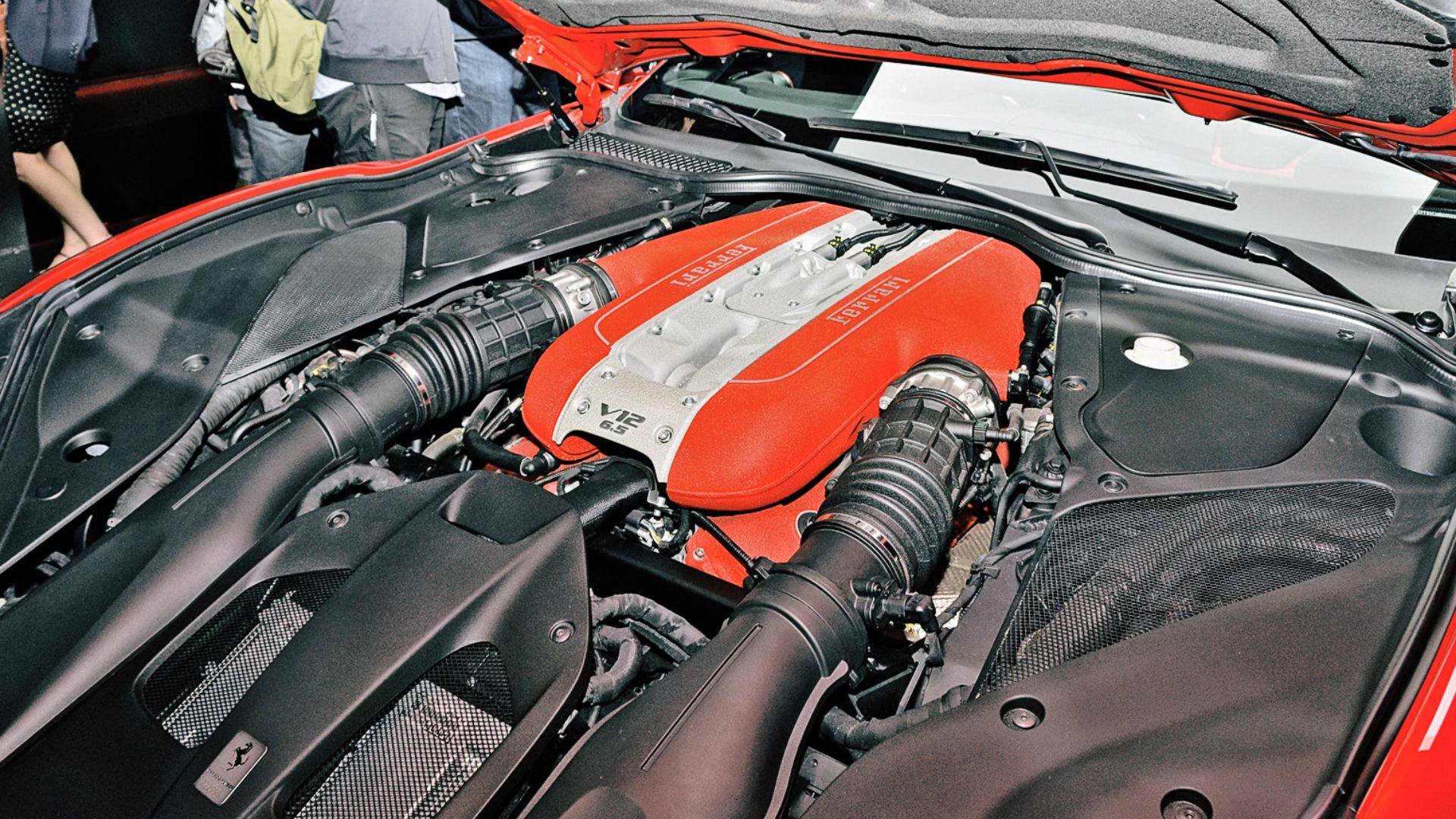 Malchick743 (ALJMW/MGJMW), Wikimedia Commons
Malchick743 (ALJMW/MGJMW), Wikimedia Commons
11. Ferrari 812 Competizione V12 (Cont.)
The engineering behind this output figure borders on the miraculous. While most manufacturers have chosen turbocharging to meet emissions standards, Ferrari's engineers refused to compromise, instead implementing titanium connecting rods, a redesigned valve train, and a lighter crankshaft that allows the V12 to rev to 9,500 rpm.
10. Lamborghini Aventador V12
When Lamborghini named their final Aventador variant "Ultimae"—Latin for "last"—they weren't just marking the end of a model; they were celebrating the pinnacle of a naturally aspirated V12 tradition spanning nearly six decades. This car produced 769 horsepower from 6.5 liters.
10. Lamborghini Aventador V12 (Cont.)
The final evolution of the L539 engine represents Lamborghini's uncompromising commitment to natural aspiration in an increasingly turbocharged world. That sound alone explains why Lamborghini resisted forced induction for so long. The Aventador Ultimae's exhaust produces a spine-tingling symphony.
9. Aston Martin One-77 V12
Talk about exclusivity. Just 77 examples were built, each costing over $1.8 million, and it is matched only by its extraordinary powerplant. Cosworth took Aston's standard 6.0-liter V12 and completely reimagined it, increasing displacement to 7.3 liters and extracting 750 naturally aspirated horsepower.
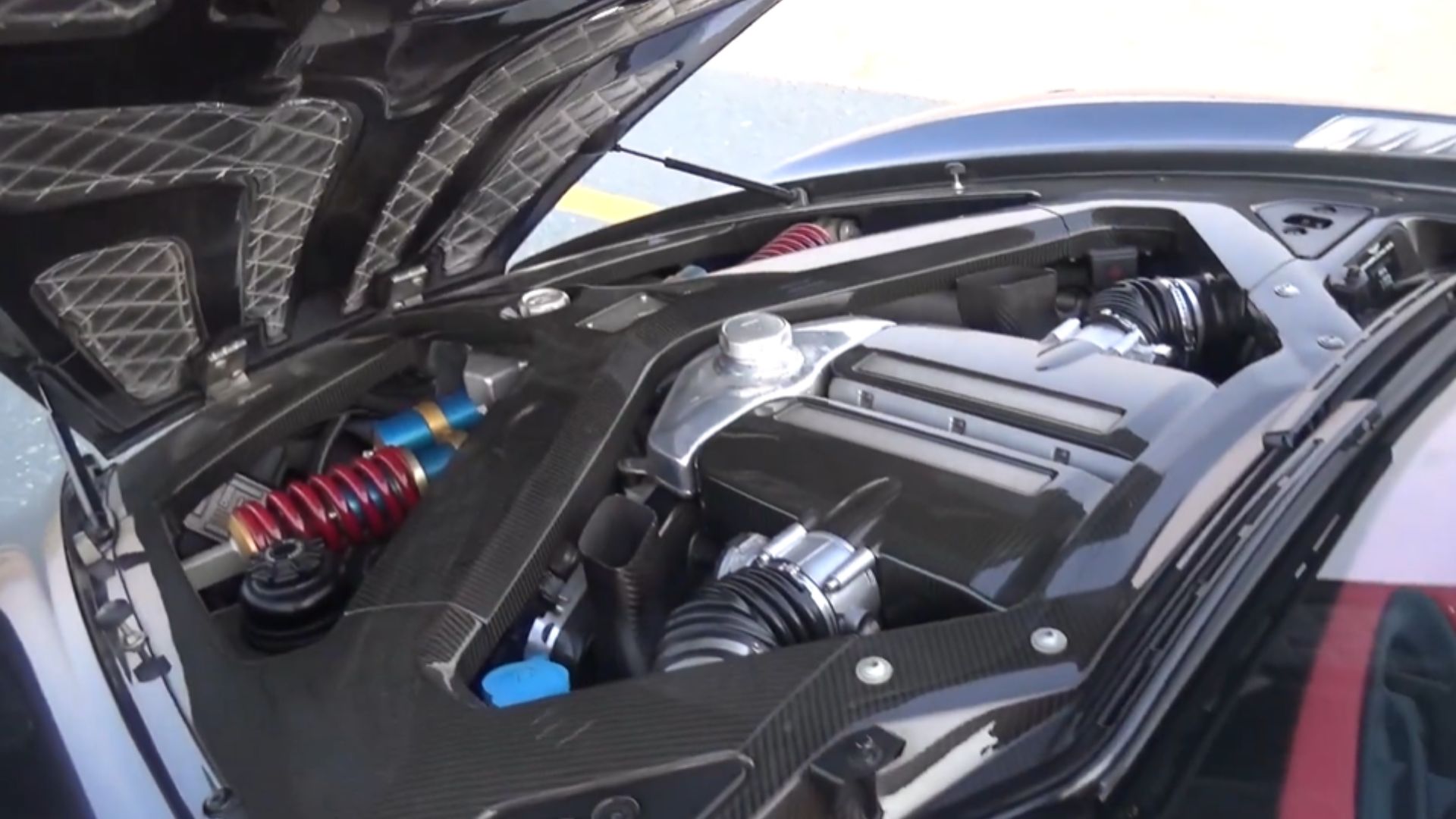 This is Why the ONE-77 Q SERIES is My Favourite Aston Martin! by Shmee150
This is Why the ONE-77 Q SERIES is My Favourite Aston Martin! by Shmee150
9. Aston Martin One-77 V12 (Cont.)
Developing an engine of this caliber required throwing conventional automotive manufacturing processes out the window. Each One-77 V12 was hand-built by a single technician over a three-week period, with tolerances more typical of race engines than road cars. The attention to detail paid dividends in character.
8. Pagani V12-R
The track-only Huayra R needed an engine as special as its carbon-titanium monocoque chassis, and Pagani delivered with the extraordinary V12-R. Developed in partnership with HWA RACELAB (the same outfit behind Mercedes-AMG's racing efforts), this bespoke 6.0-liter V12 produces 850 horsepower.
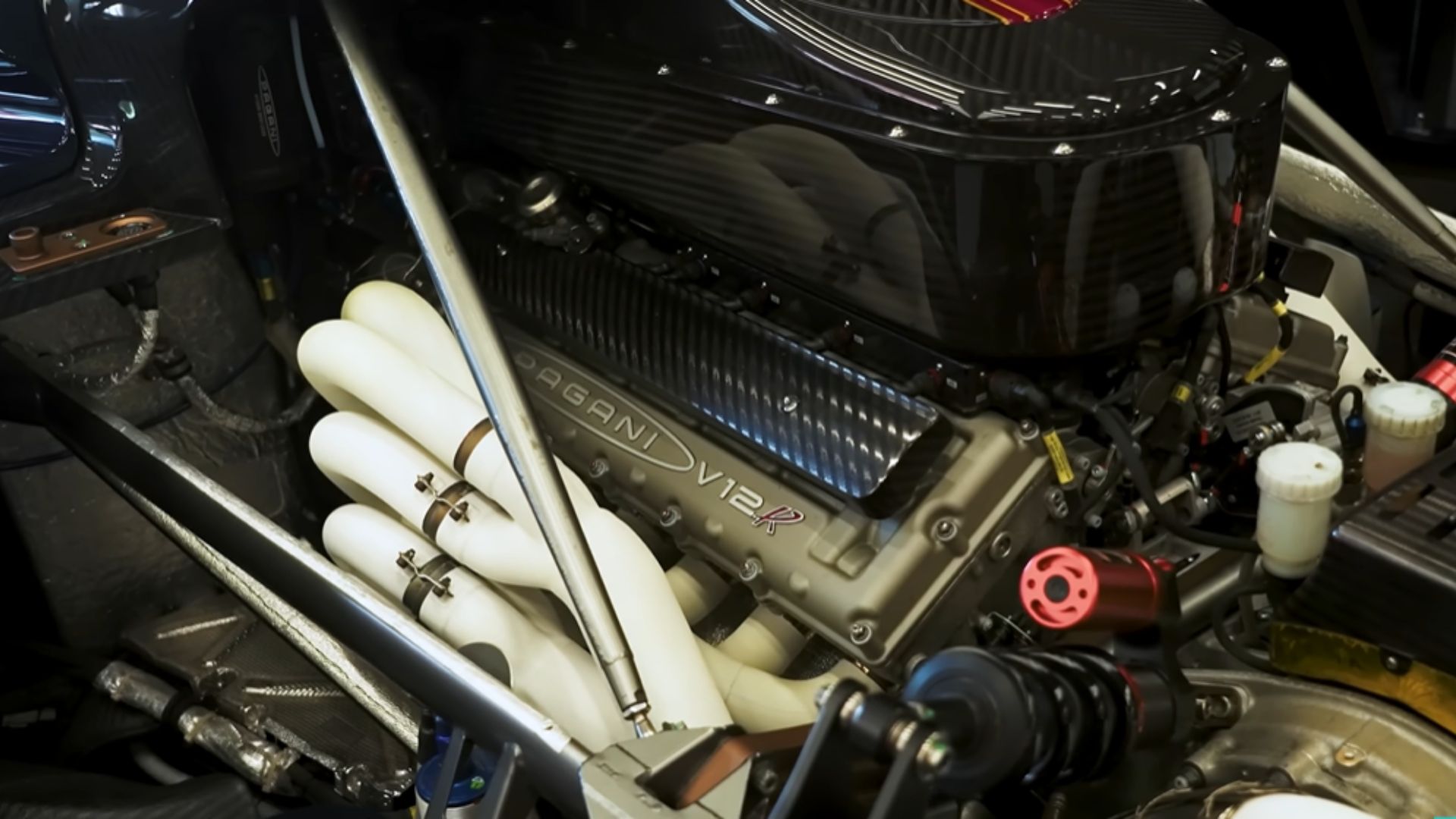 I drove the world's LOUDEST car! by carwow
I drove the world's LOUDEST car! by carwow
8. Pagani V12-R (Cont.)
It revs to an astonishing 9,200 rpm. Unlike the standard Huayra's twin-turbo powerplant, this racing engine breathes naturally, delivering the instantaneous throttle response demanded by professional drivers. What other supercar builder would commission an entirely new engine for a run of just 30 cars?
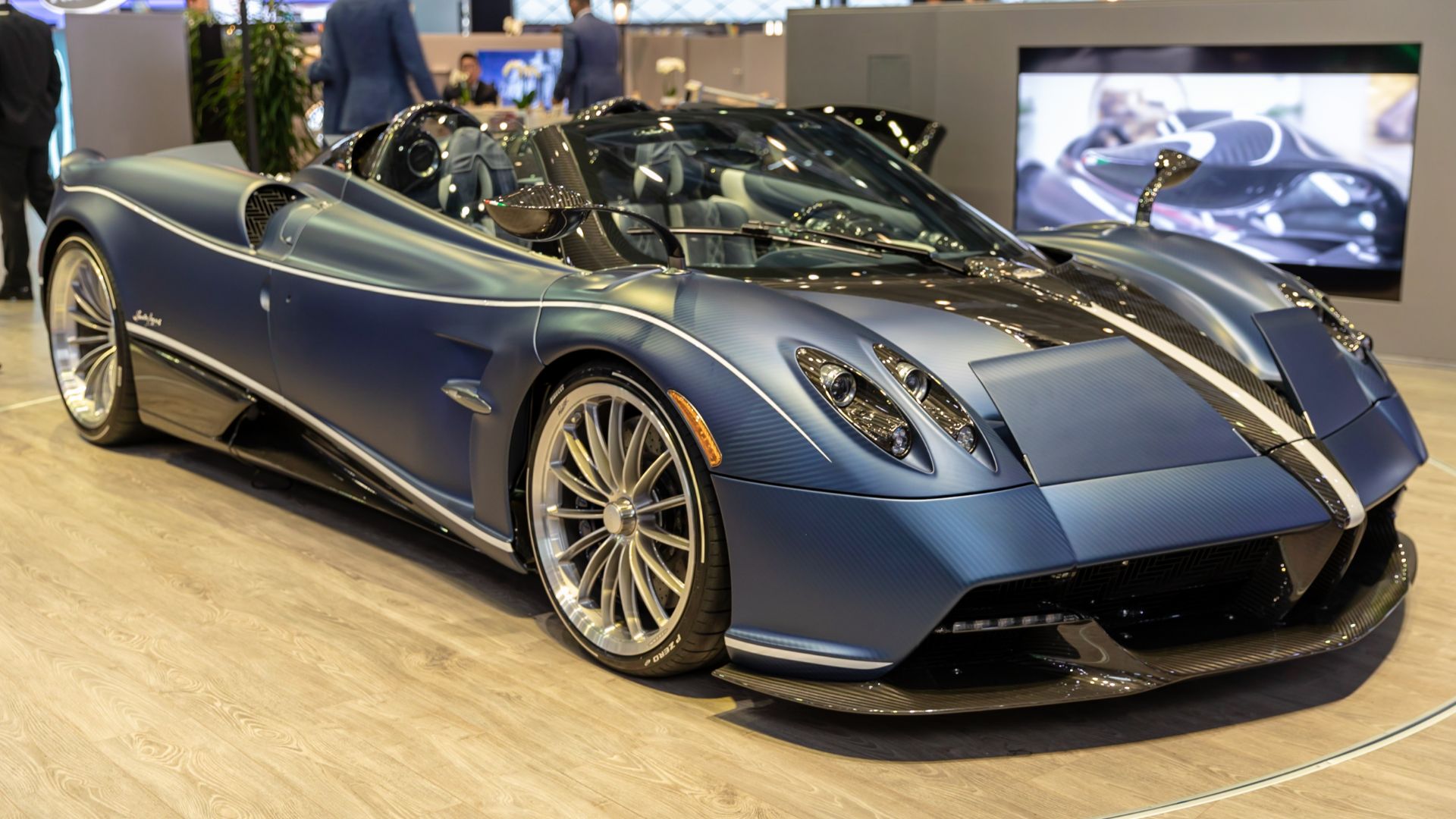 Matti Blume, Wikimedia Commons
Matti Blume, Wikimedia Commons
7. Chevrolet LT6 V8
America's contribution to naturally aspirated excellence comes in the form of Chevrolet's revolutionary LT6 V8 found in the C8 Corvette Z06. With 670 horsepower screaming from its 5.5 liters, this flat-plane crank masterpiece holds the title of most powerful naturally aspirated production V8 engine ever made.
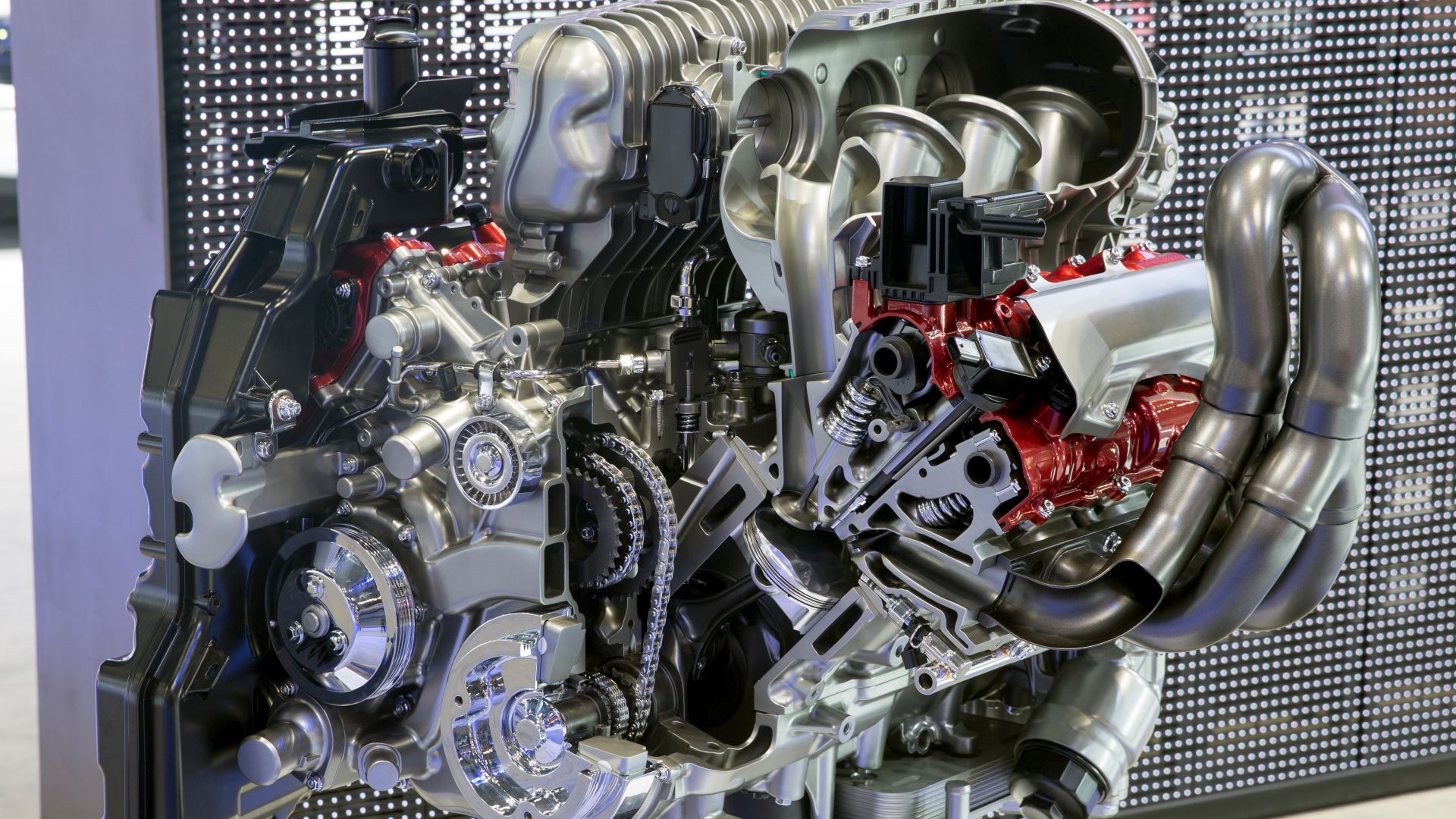 Mr.choppers, Wikimedia Commons
Mr.choppers, Wikimedia Commons
7. Chevrolet LT6 V8 (Cont.)
Well, the engineering team stunned the world by abandoning the traditional cross-plane V8 rumble for a high-revving design that peaks at an astonishing 8,400 rpm. Hand-built at Bowling Green's Performance Build Center in Kentucky, each LT6 bears the signature of the technician who assembled it on the intake manifold.
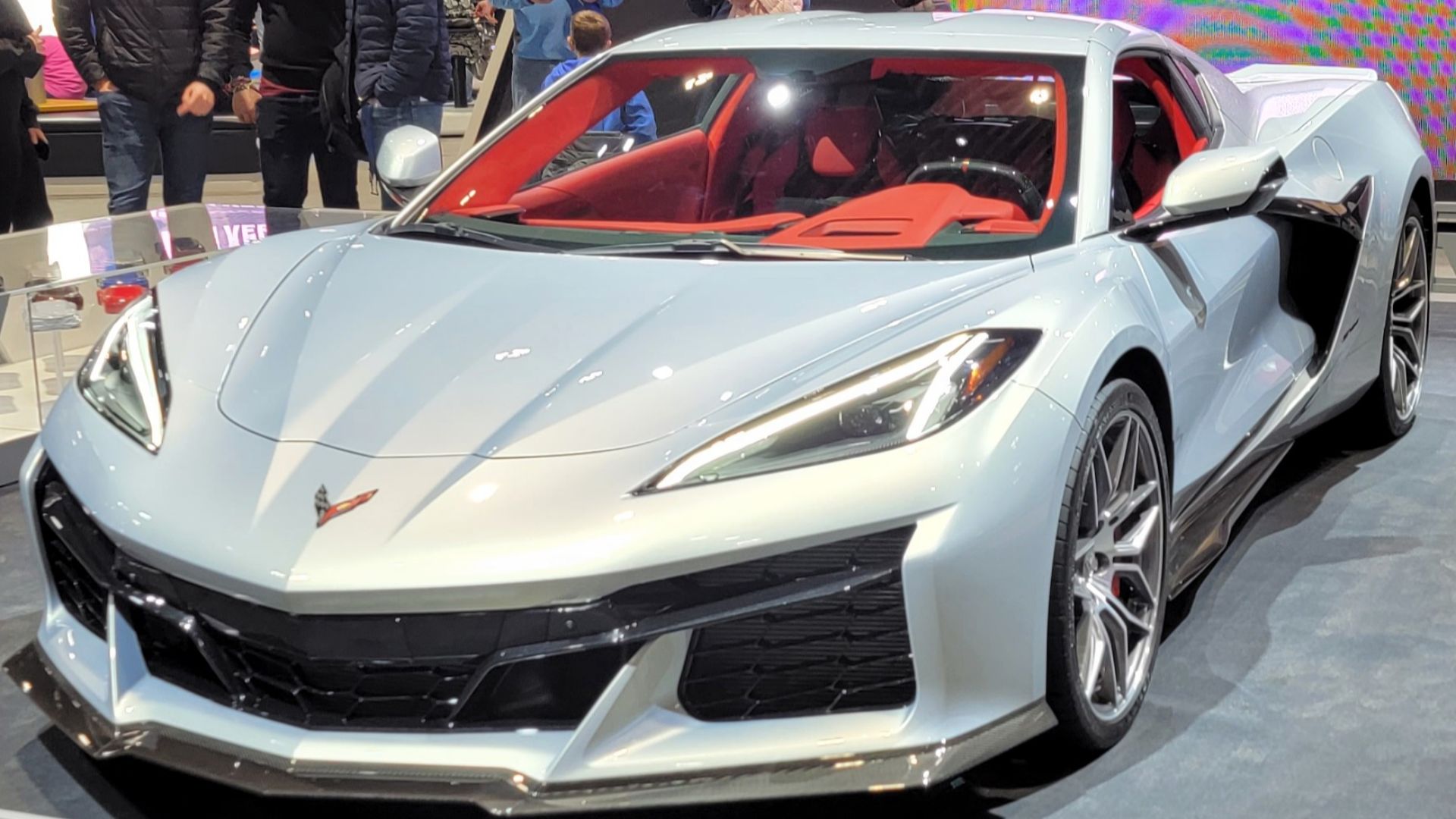 UltraTech66, Wikimedia Commons
UltraTech66, Wikimedia Commons
6. Porsche 4.0-liter Flat-Six
Apparently, that flat-six engine has been Porsche's signature for seven decades, reaching its zenith in the 992-generation GT3 RS. Producing 518 horsepower from just 4.0 liters, this marvel of German engineering demonstrates that displacement isn't everything. Porsche extracts this output while meeting stringent emissions standards.
6. Porsche 4.0-liter Flat-Six (Cont.)
Driving a Porsche GT3 RS shows why naturally aspirated engines maintain a devoted following despite the turbocharging trend. The linear power delivery, instant throttle response, and mechanical symphony that builds to a crescendo as the tachometer needle sweeps toward its 9,000 rpm redline.
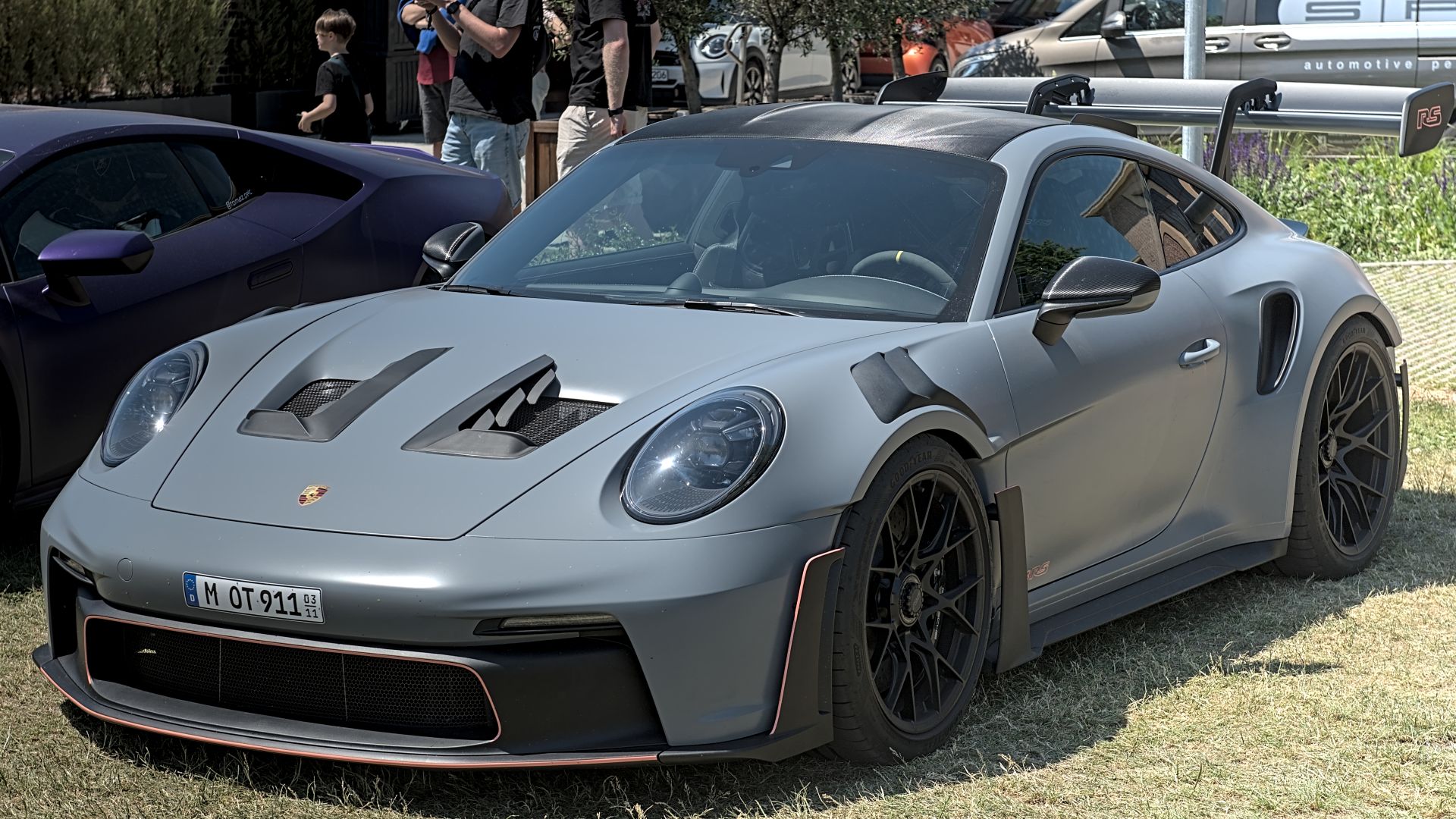 Alexander Migl, Wikimedia Commons
Alexander Migl, Wikimedia Commons
5. Mercedes-AMG M159 V8
Before AMG accepted its current turbocharging strategy, it created what many consider the greatest naturally aspirated V8 of all time. The SLS AMG Black Series' 6.2-liter M159 engine cranks out around 622 horsepower without forced induction, accomplished through forged pistons, a reinforced crankshaft, and titanium connecting rods.
5. Mercedes-AMG M159 V8 (Cont.)
The hand-built philosophy behind this engine mirrors AMG's "One Man, One Engine" credo. Besides, the SLS Black Series' engine required more than sophisticated components—it needed a complete philosophical commitment to natural aspiration at a time when competitors were already turning to turbochargers.
4. Lamborghini V12
Track-only hypercars exist in a realm where engineering constraints can be pushed to their absolute limits, and the Lamborghini Essenza SCV12 takes full advantage. Its 6.5-liter V12 produces around 830 horsepower without turbochargers or superchargers, achieved through ram-air induction that forces oxygen into the engine at high speeds.
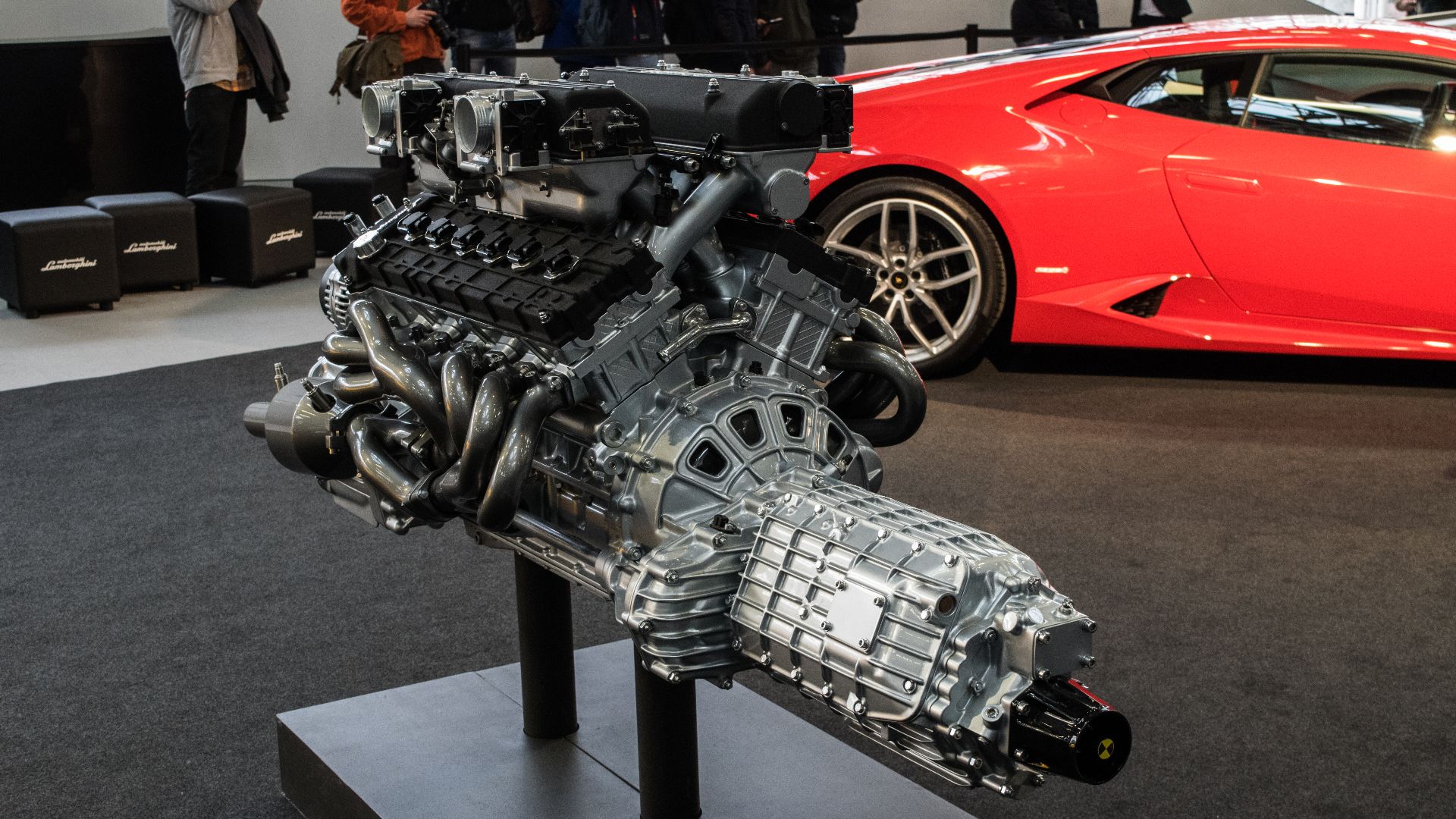 Maurizio Cefariello, Wikimedia Commons
Maurizio Cefariello, Wikimedia Commons
4. Lamborghini V12 (Cont.)
Undoubtedly, the acoustic signature of this engine alone justifies its existence. Unconstrained by road car sound regulations, the Essenza SCV12's specially designed exhaust system reduces back pressure while amplifying the V12's natural voice to an almost operatic level.
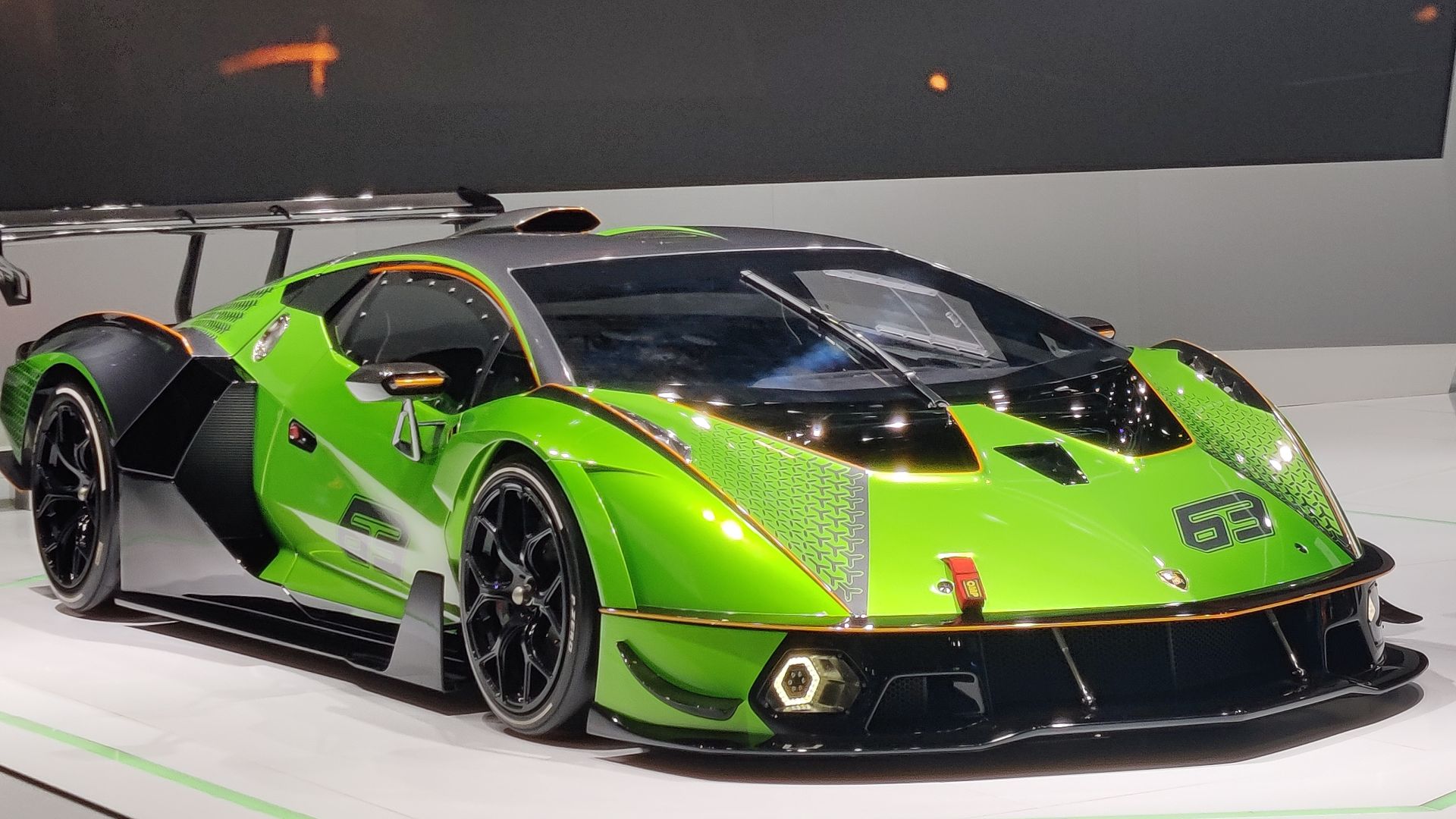 JustAnotherCarDesigner, Wikimedia Commons
JustAnotherCarDesigner, Wikimedia Commons
3. Ferrari F140HC V12
How do you improve on perfection? Ferrari engineers faced this question when developing the Daytona SP3's F140HC engine. Starting with the already formidable F140 V12 architecture that has powered everything from the Enzo to the 812 Superfast, they pushed the boundaries of natural aspiration to extract 828 horsepower.
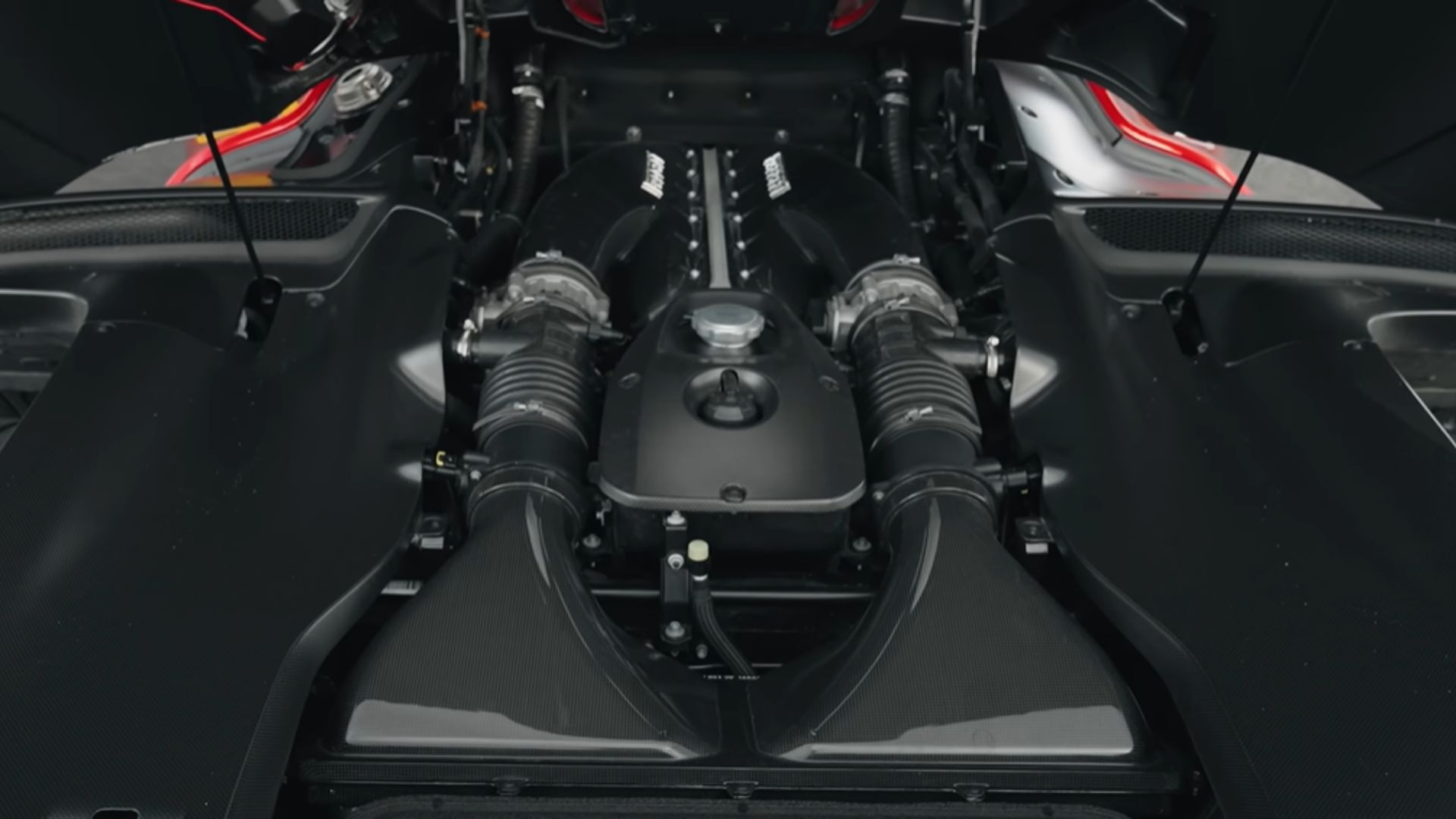 FIRST DRIVE: NEW Ferrari Daytona SP3 - £2m, 828bhp N/A V12 Hypercar | Top Gear by Top Gear
FIRST DRIVE: NEW Ferrari Daytona SP3 - £2m, 828bhp N/A V12 Hypercar | Top Gear by Top Gear
3. Ferrari F140HC V12 (Cont.)
This engineering triumph features titanium connecting rods, diamond kind off carbon coating on the piston pins, and a redesigned intake system that optimizes cylinder filling at high rpm. The cultural significance of Ferrari's naturally aspirated V12 transcends mere performance figures.
2. BMW S70/2 V12
Some engines achieve immortality not just through their specifications but through the cars they power, and none more so than the BMW S70/2 V12 found in the legendary McLaren F1. It cranked out 627 horsepower from 6.1 naturally aspirated liters in 1992.
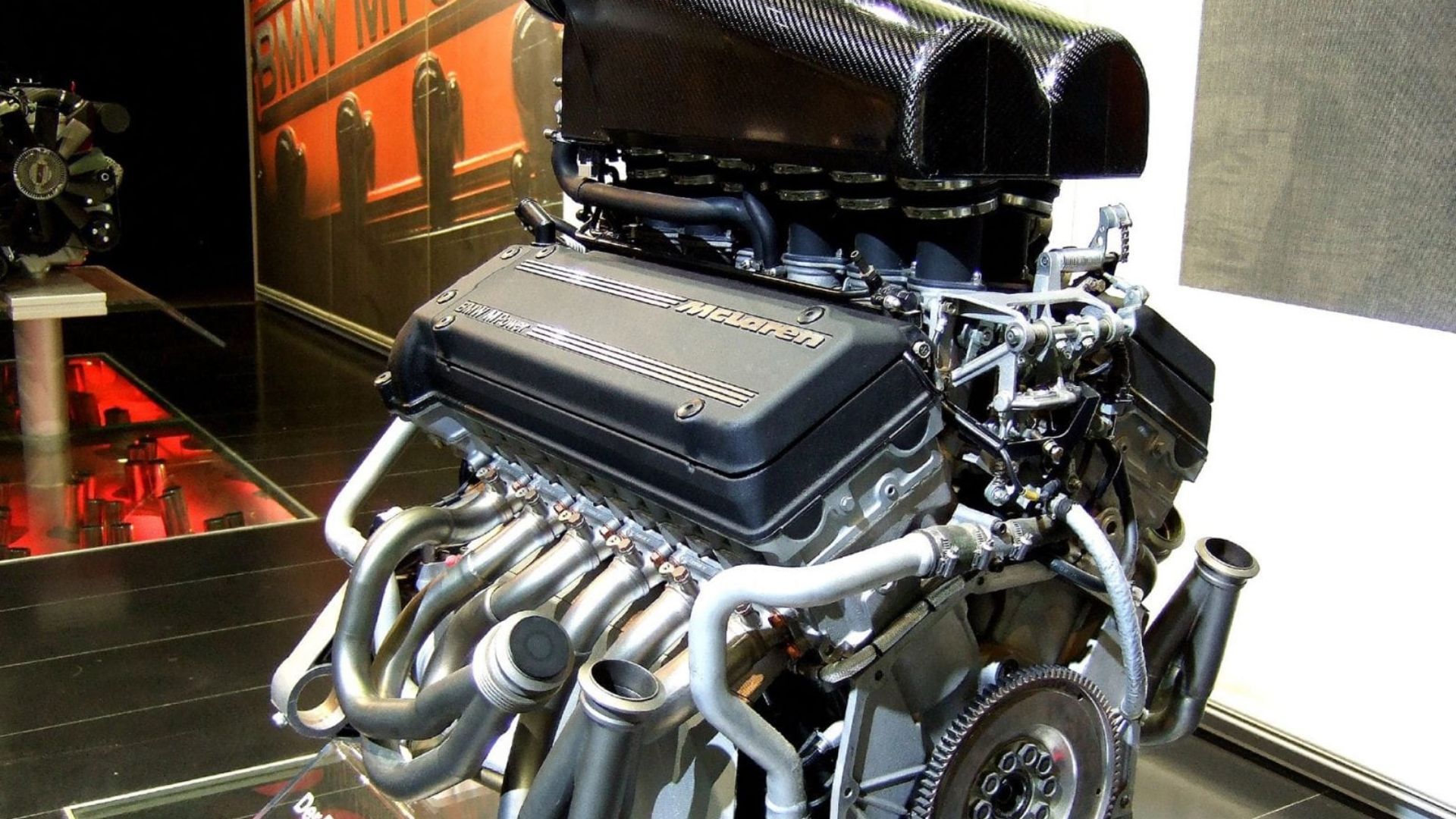 DoctorAlzheimer2, Wikimedia Commons
DoctorAlzheimer2, Wikimedia Commons
2. BMW S70/2 V12 (Cont.)
Designer Gordon Murray originally approached Honda for the F1's powerplant, but when that partnership fell through, BMW's M division stepped in. Lead engineer Paul Rosche and his team delivered a masterpiece that weighed just 586 pounds despite its size, thanks to a magnesium oil sump and cam carriers.
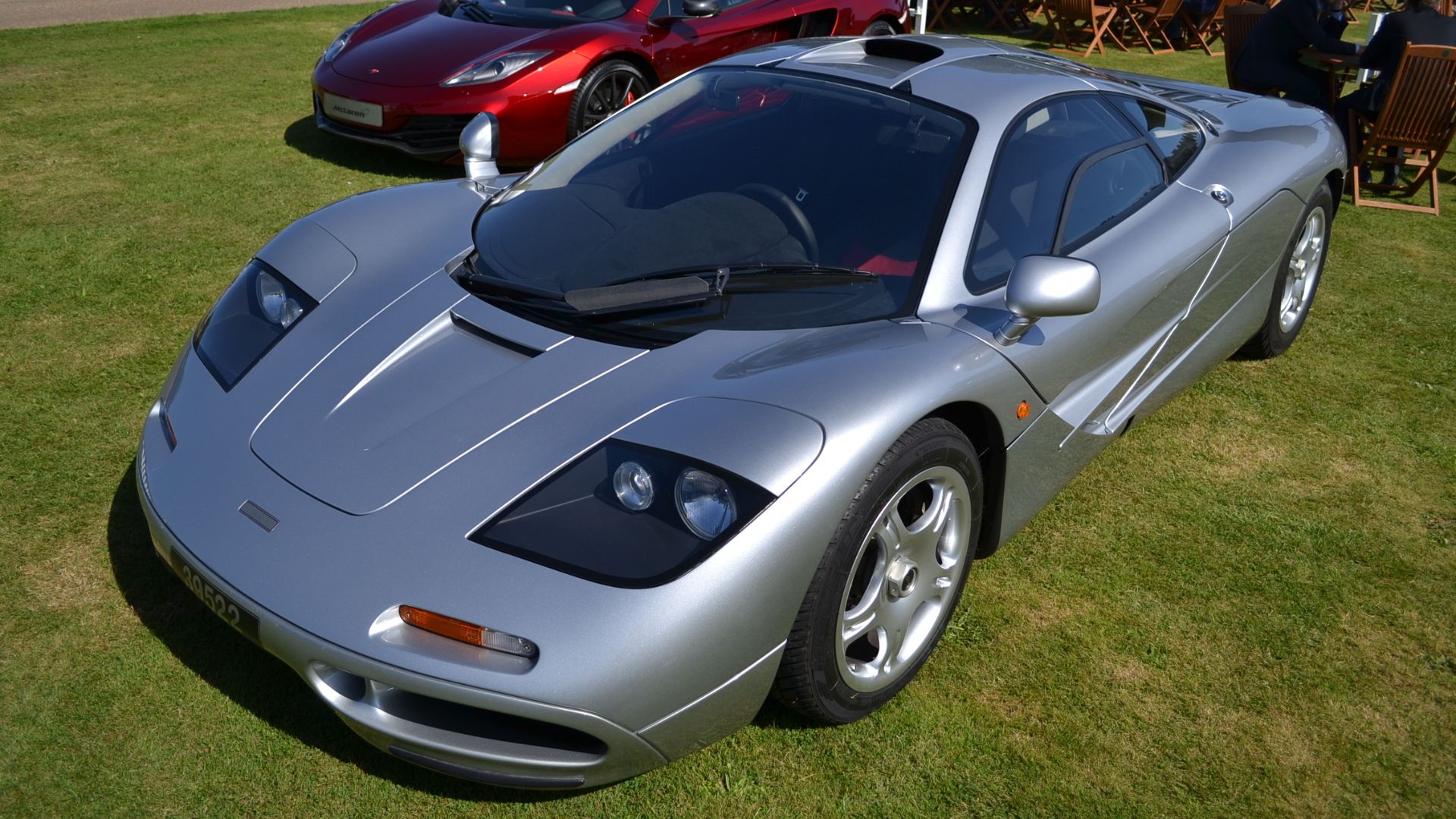 The Car Spy, Wikimedia Commons
The Car Spy, Wikimedia Commons
1. Porsche 5.7L V10
The wail of Porsche's Carrera GT engine at its 8,400 rpm redline has been described as "automotive nirvana" by those fortunate enough to experience it. This 5.7-liter V10 producing 612 horsepower represents one of history's most fascinating engineering stories—it began life as a Formula 1 project.
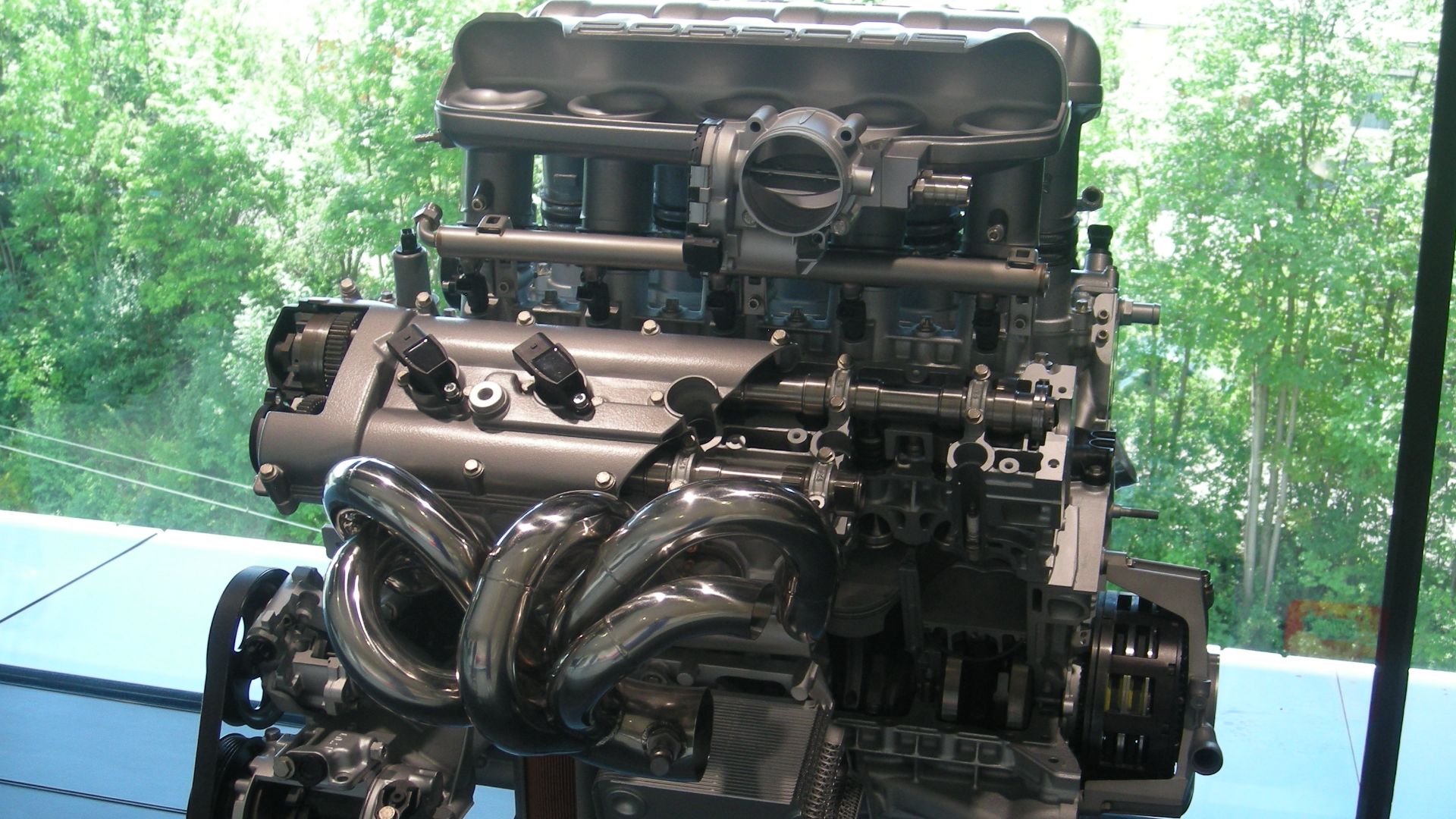 Michael Barera, Wikimedia Commons
Michael Barera, Wikimedia Commons
1. Porsche 5.7L V10 (Cont.)
The engine's racing DNA is evident throughout its architecture. A 68-degree V-angle, which is unusual for Porsche, was chosen specifically for this high-revving application, while dry-sump lubrication ensures oil delivery even under extreme cornering loads. This engine is installed in a mid-engine, rear-wheel-drive setup.

